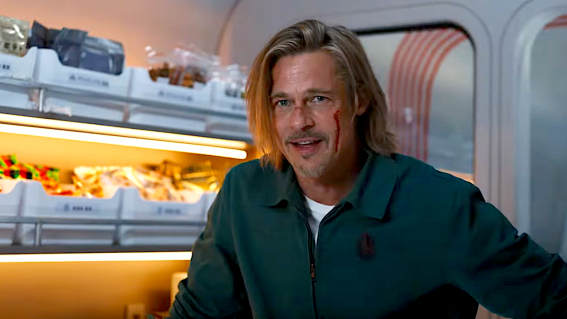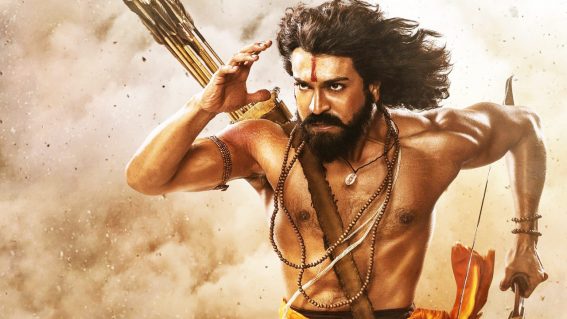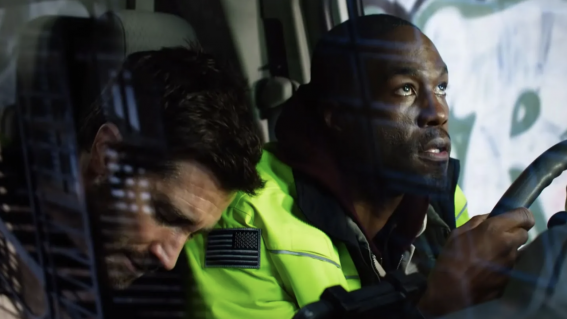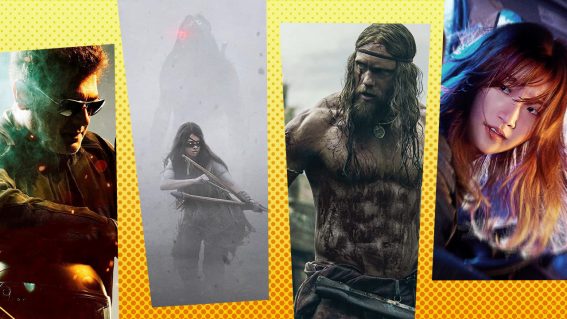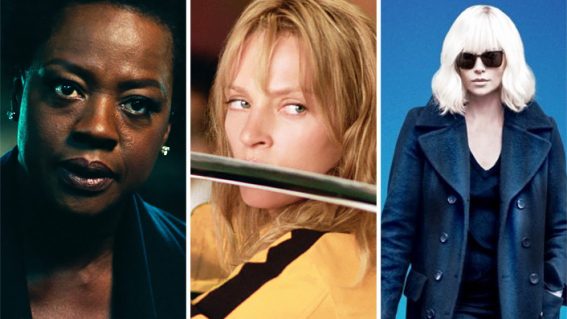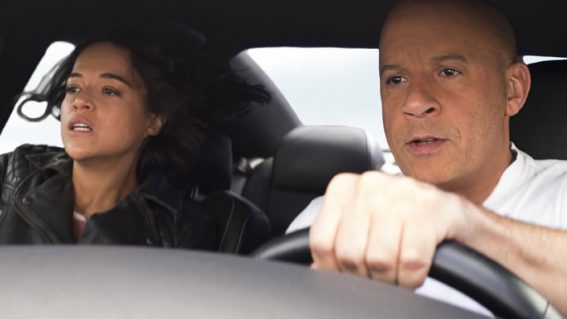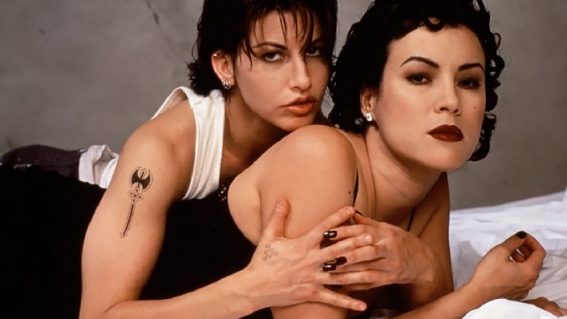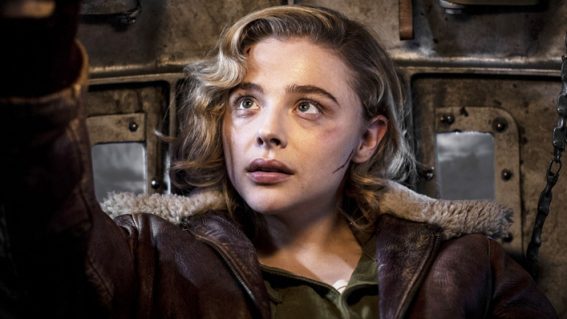Capsule reviews of action movies
We’ve kept our reviews of some terrific action movies right here, even if they’re not on their original streaming homes.
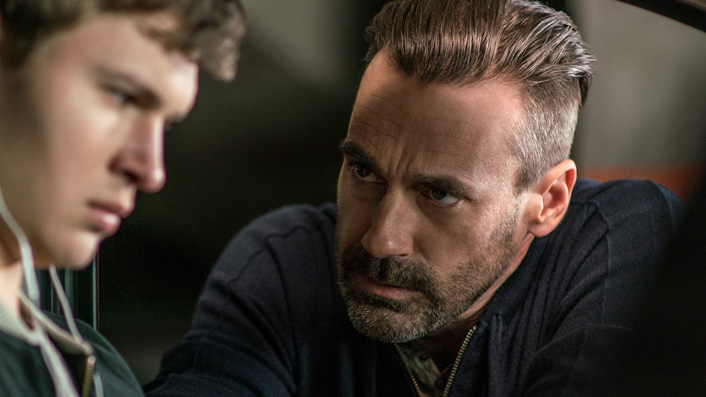
Here we’ve preserved Luke Buckmasters’s short and sweet reviews of action movies that have been moved from their original streaming platforms. You can find their current streaming homes by clicking each title.
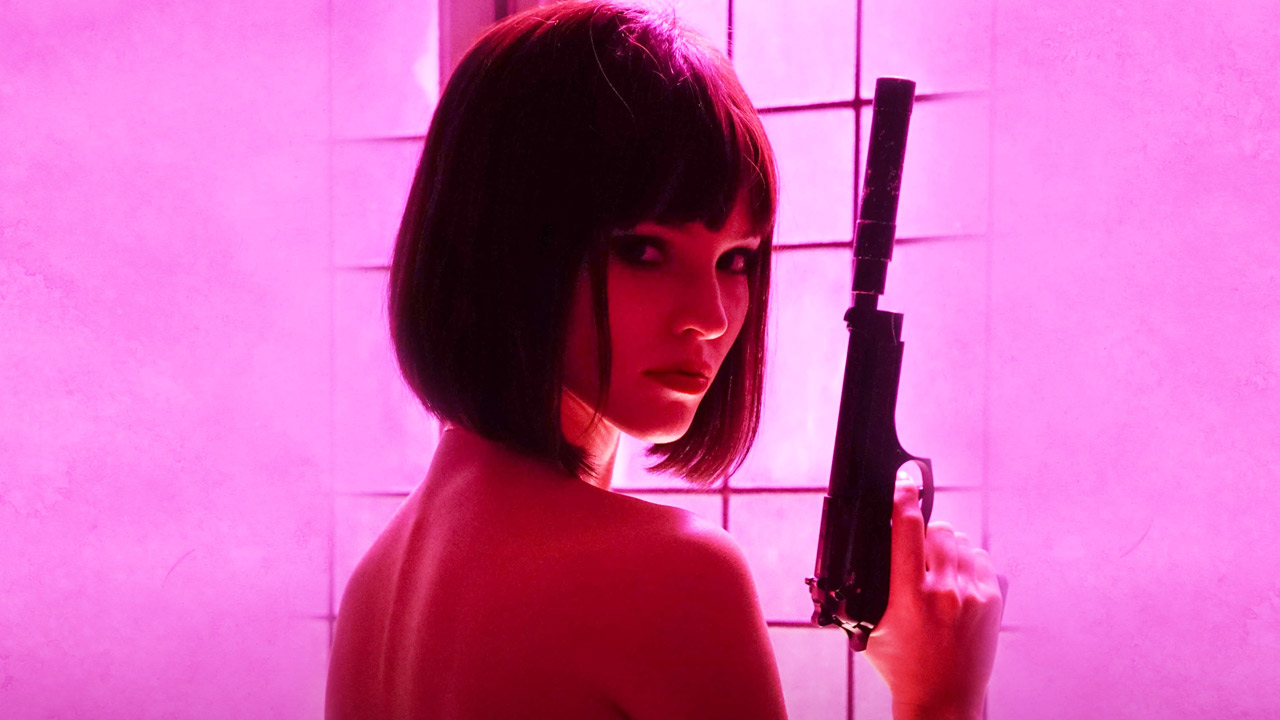
Anna (2019)
It’s a tad generic—but Luc Besson, a veteran of the killer-for-hire genre, delivers a lean, mean, muscular assassin flick with a cracking pace and a magnetic performance from Sasha Luss. Her character, a government-contracted killer, has a modicum of originality in that she’s a high-end fashion model working in Paris. So: catwalk by day, bullet in someone’s head by night. A commentary on the violent opulence of haute couture culture?
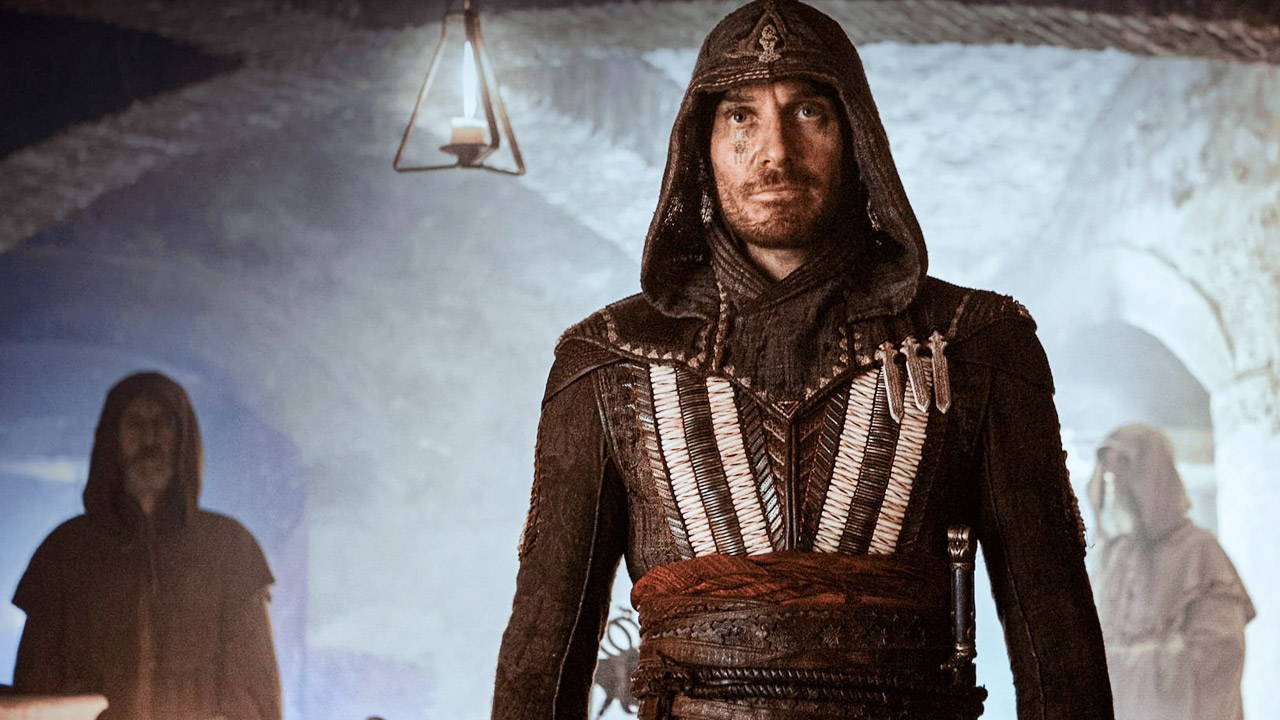
Assassin’s Creed (2016)
Justin Kurzel’s under-rated adaptation of the blockbuster video game franchise is an intensely sombre work that never condescends, in a genre that almost always infantilises audiences. A rich painterly look brings visual flair to an admittedly challenging script—with too much rather than too little plot—that follows Michael Fassbender as he inhabits the body of an assassin circa 15th century Spain.
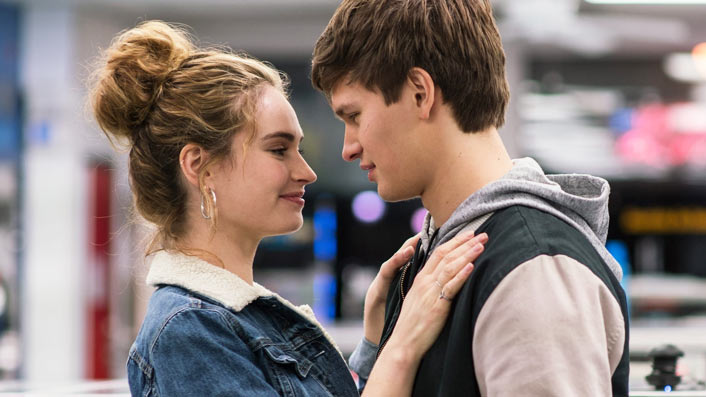
Baby Driver (2017)
Edgar Wright’s sassy crime caper follows a getaway driver (Ansel Elgort) who is on the autism spectrum, putting his foot to the floor only if listening to killer tracks on his headphones. Fair enough. The story of a decent kid embroiled in a life of crime becomes a quasi-musical and a possessed jukebox of an action movie; by matching visual and audio in such a way, Wright made a genuine original.
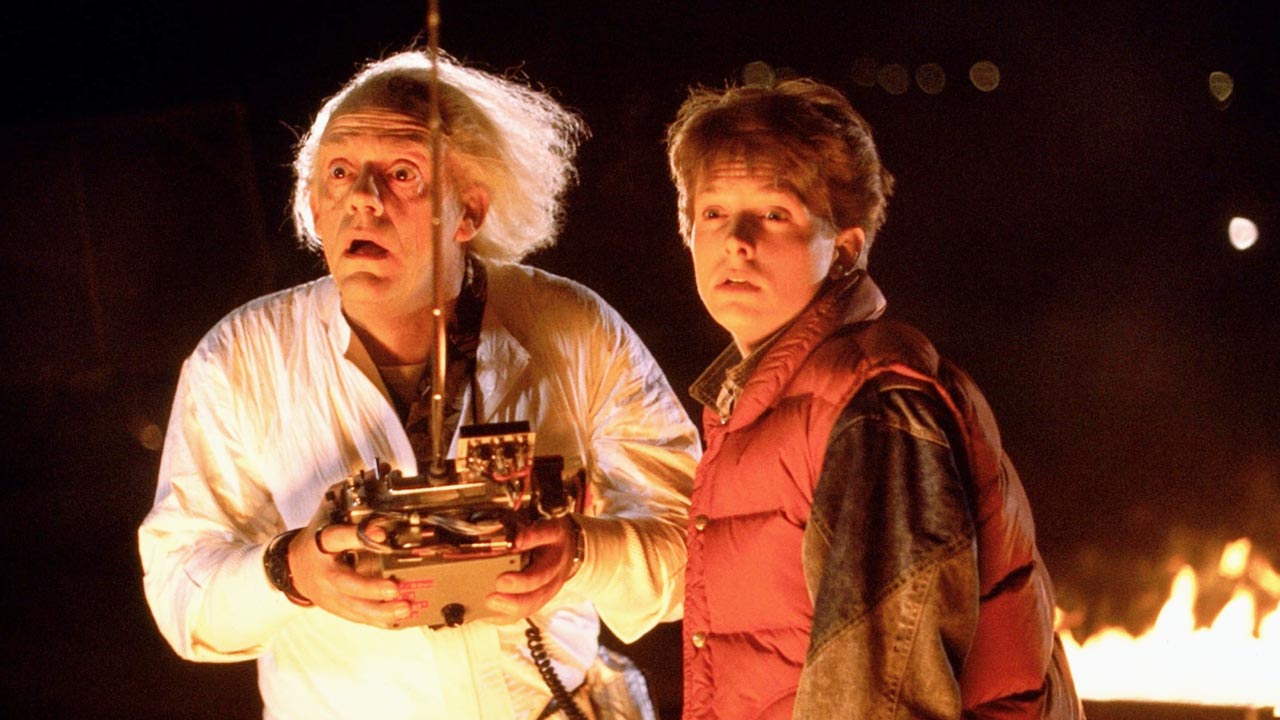
Back to the Future (1985)
“Great Scott!” No actor doing the “nutty scientist” shtick has matched Christopher Lloyd’s gloriously erratic performance as Doc Brown: the eccentric to contrast Michael J. Fox’s lovable straight guy Marty. Robert Zemeckis’ high concept classic is one of those films so baked into the zeitgeist it seems like it arrived pre-written, its success preordained.I prefer the sequel, but the original does have Marty performing Johnny B. Goode at his parents’ high school dance.
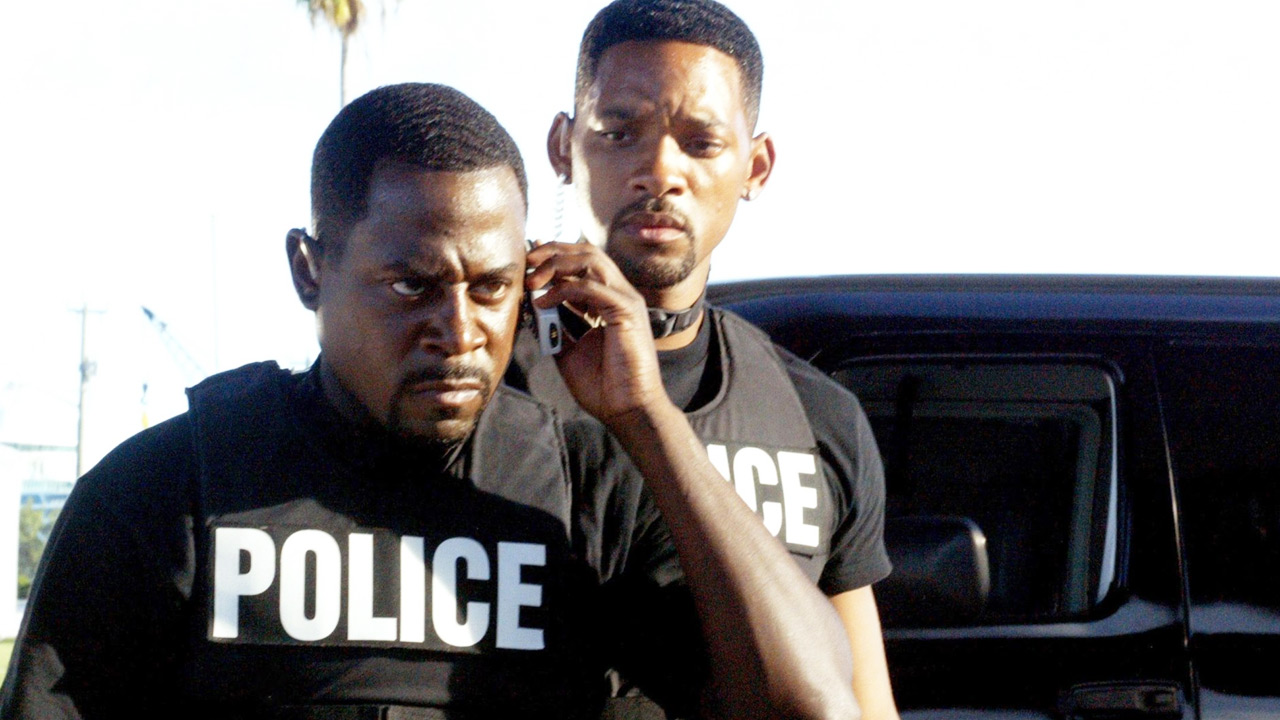
Bad Boys II (2003)
It’s way too long and overblown—but boy is it entertainingly overblown, shot to bits with Michael Bay’s distinctive “fucking the frame” style. Playing gung ho cops infiltrating a Miami ecstasy ring, Will Smith and Martin Lawrence maintain their chemistry and snap crackle repartee as the world explodes around them, with frenetically staged chases and shootouts a-plenty.
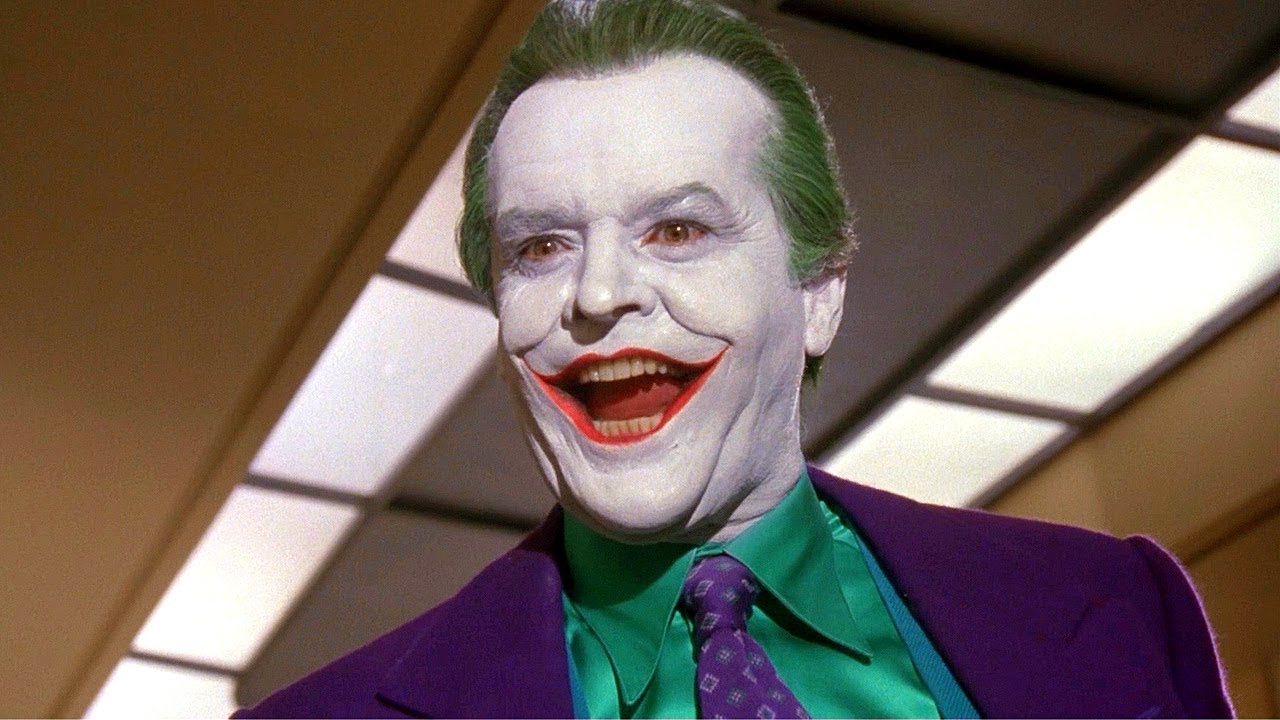
Batman (1989)
Arriving well before the current glut of superhero productions, Tim Burton’s take on the Dark Knight puts the “goth” in Gotham City—his deliciously dark sets influencing what would become a more heavy-handed approach to caper crusader narratives. Michael Keaton’s straitlaced impression of Batman/Bruce Wayne is spectacularly countered by Jack Nicholson’s ludicrously entertaining, shit-eating performance as the Joker.
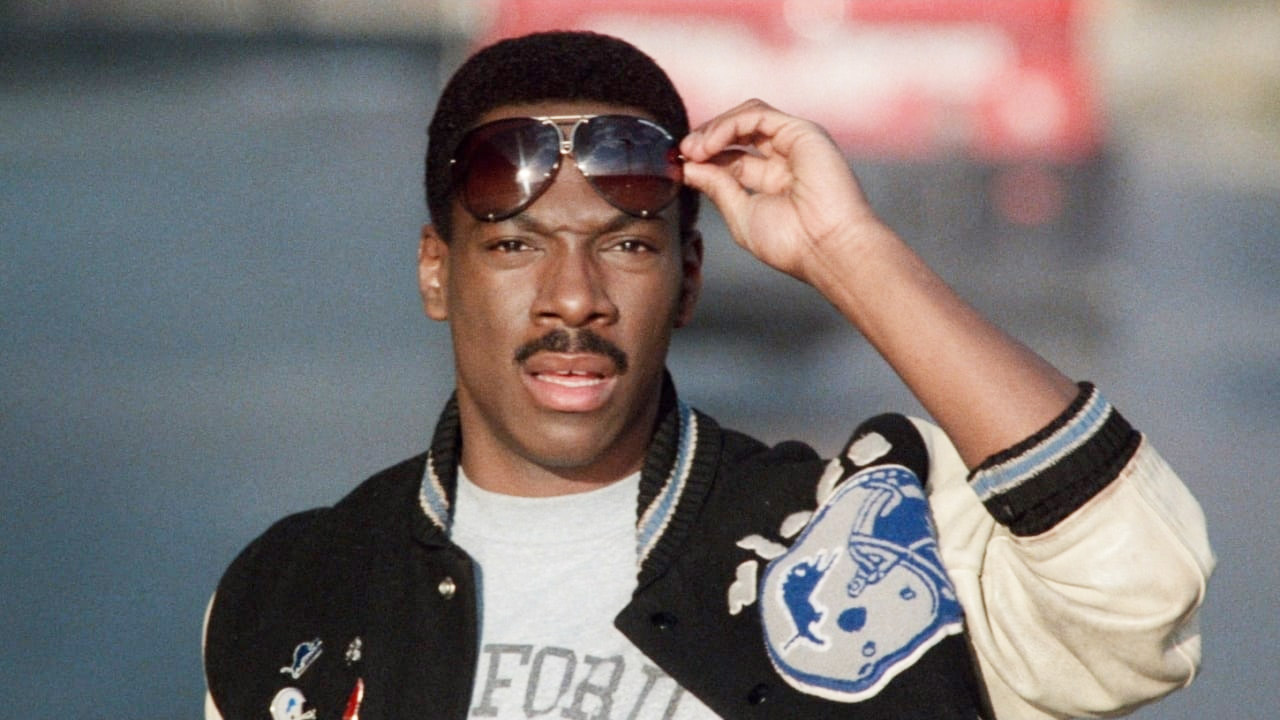
Beverly Hills Cop 2 (1987)
The heat is on! Eddie Murphy was at his A game in the second—and best—installment in his most famous franchise, playing a motormouth quick-thinking detective who relocates from the back alleys of Detroit to the swimming pools of Beverly Hills. Directed by action auteur Tony Scott, Murphy gets to the bottom of a series of irresistibly silly “alphabet crimes.”
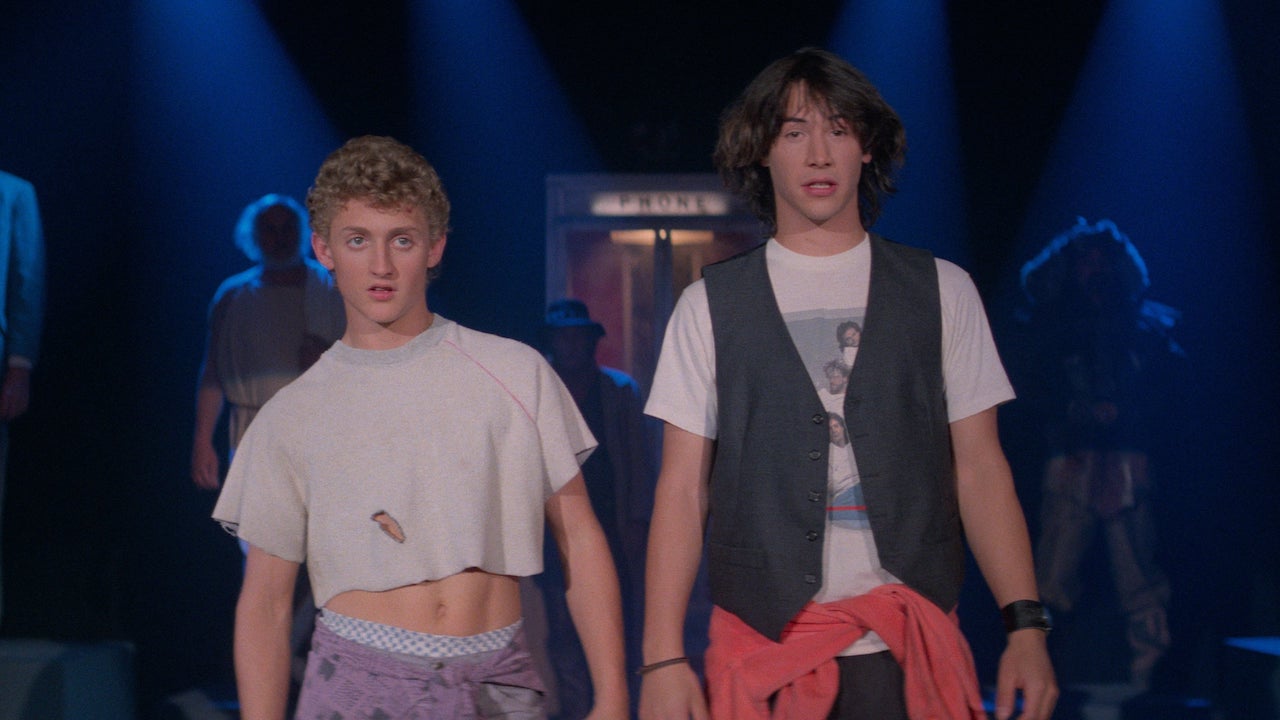
Bill & Ted’s Excellent Adventure (1989)
I love the poster tagline: “History is about to be rewritten by two guys who can’t spell.” Stoner vibes and time travel collide in this stupidly entertaining—but smartly written—film about the titular knuckleheads (Keanu Reeves and Alex Winter), who go back in time to retrieve famous people from history for a class presentation. As, erm, Abraham Lincoln once said: “Be excellent to each other.”
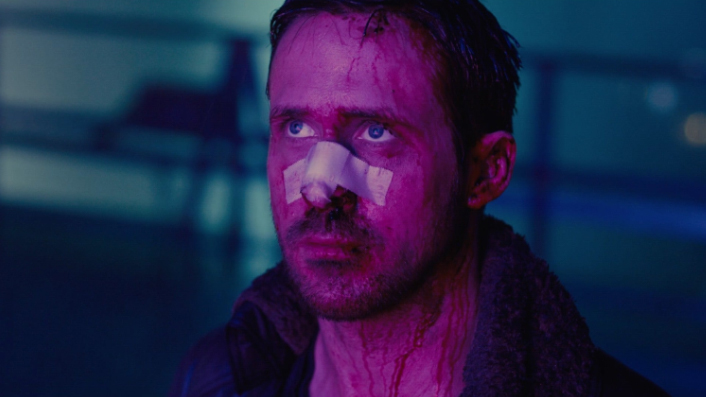
Blade Runner 2049 (2017)
Making a sequel to one of the most influential sci-fi films of all time is a piece of piss, said nobody ever. Denis Villeneuve succeeded magnificently with his atmospherically heavy, Roger Deakins-shot sequel to Ridley Scott’s rain-clogged neo-noir. Ryan Gosling plays a replicant guiding us through a future that’s bleak, soulful and biblical, in a ghost-in-the-machine sort of way.

Blade Runner: The Final Cut (1982)
Few films are as aesthetically influential as Ridley Scott’s dystopian classic, which came to define the look and tone of cyberpunk motion pictures and video games. Harrison Ford patrols dark and dank streets retiring very human-esque replicants, forming the centre of a philosophically chewy sci-fi with big questions on its mind. Is he a robot too? Do androids dream of electric sheep?! The more recent Blade Runner 2049 is also a magnificent and intensely cerebral achievement.
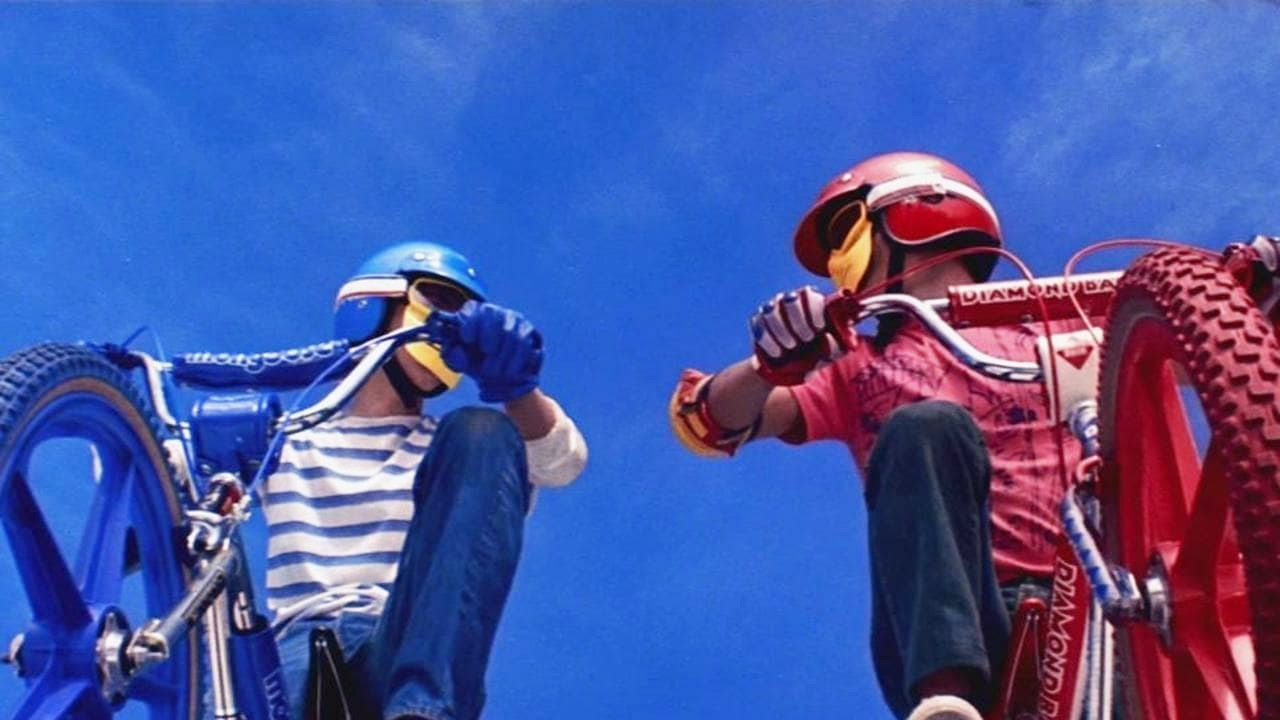
BMX Bandits (1983)
A frizzy-haired, rosy-cheeked young Nicole Kidman (16 at the time of filming) stars as one of the titular whippersnappers who scoot around Sydney on bicycles, foiling the plot of criminal masterminds. Stuffed full of playful shots, unconventional angles and DayGlo colours, this bona fide Aussie classic is kitschy and gaudy, set to the tune of a pumping synth soundtrack.
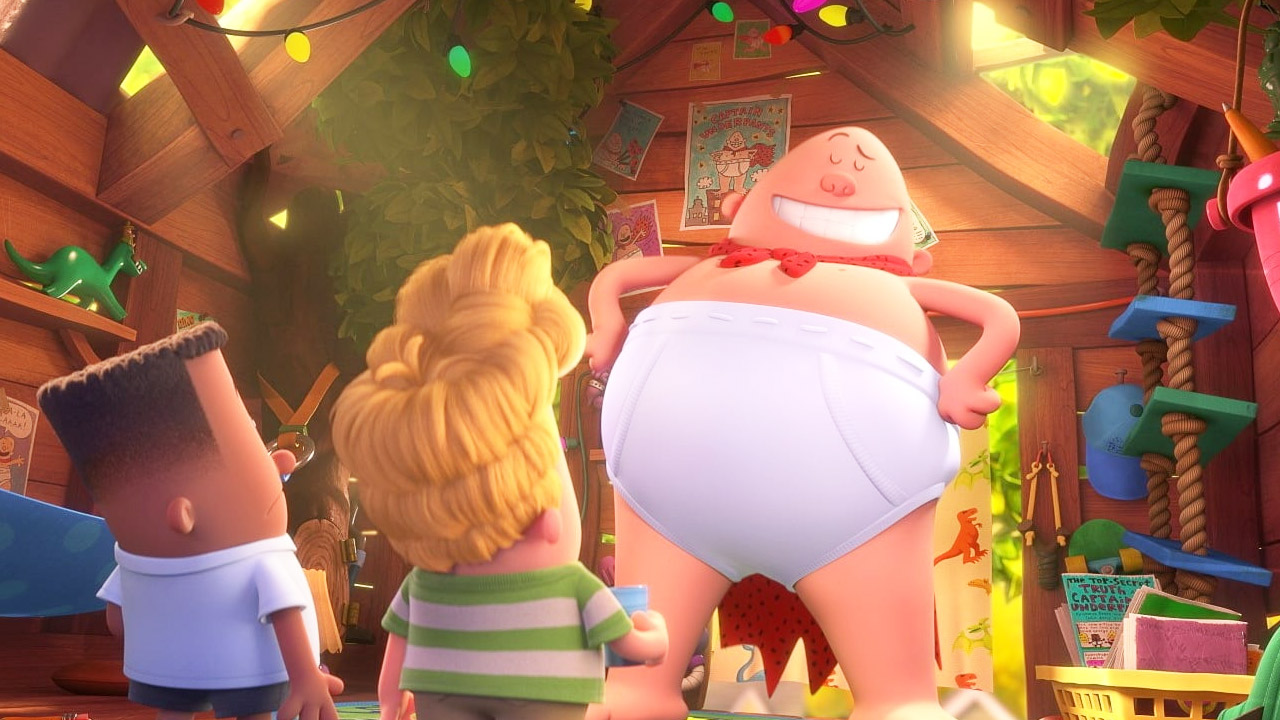
Captain Underpants: The First Epic Movie (2017)
“This whole visual storytelling thing is hard,” says a character in David Soren’s gloriously kiddish pastiche. This reflects the director’s attitude: keep moving, keep poking every scene for opportunities, keep shifting realities. When two young kids get complete mind control of their malevolent principal, mayhem ensues.
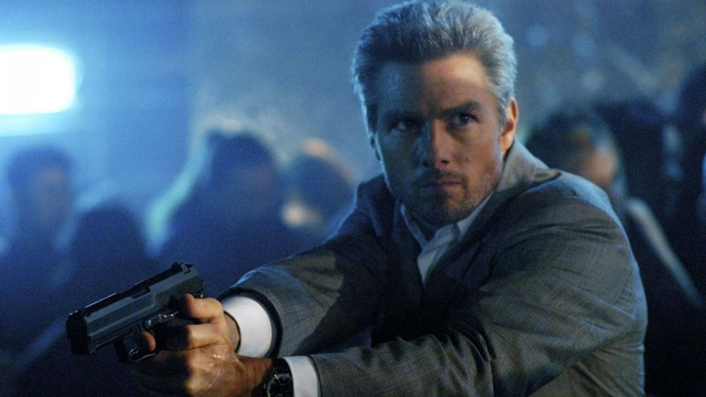
Collateral (2004)
Tom Cruise is an ice cool hitman and Jamie Foxx his grudging taxi driver/chauffeur in Michael Mann’s slick single night thriller, which despite a polished look conjures a noirish street-side vibe. Stuart Beattie’s lean script is paced very well, and the flashiness of the action scenes is wedded to characters and situations—including a highly memorable shoot-out in a night club.
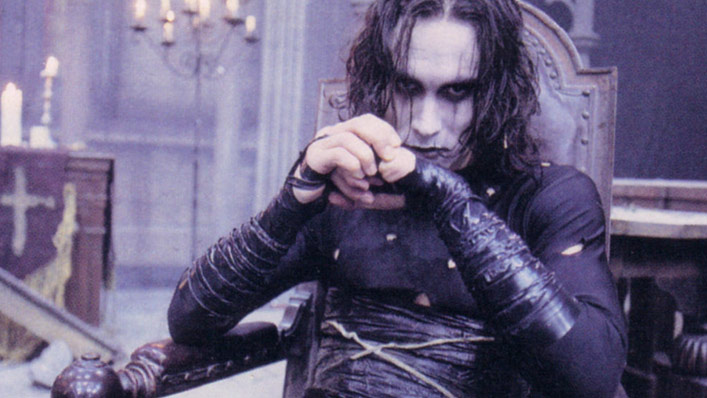
The Crow (1994)
The apotheosis of music video-cum-feature filmmaker Alex Proyas’ coolness came with the arrival of his second feature: a goth-punk revenge fantasy set in a Gotham City-on-acid metropolis. A makeup-caked and trench coat wearing Brandon Lee (who tragically died during an on-set accident) returns from the dead to avenge his killers. Style trumps substance, turning what could have been a cut-rate B movie into a nightmarishly beautiful headtrip.
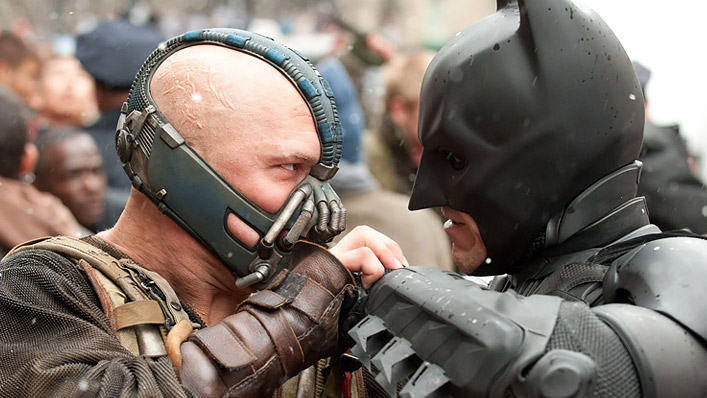
The Dark Knight Rises (2012)
The Dark Knight contains the joker card of Christopher Nolan’s Batman movies—Heath Ledger in his diabolically good Oscar-winning performance. But The Dark Knight Rises has the best atmosphere, of suffocating dread and tension; the air in this movie is completely terrorised. Tom Hardy’s monstrously nihilistic villain breaks Batman’s back, literally, bringing a menace to Gotham City that gives one the collywobbles.
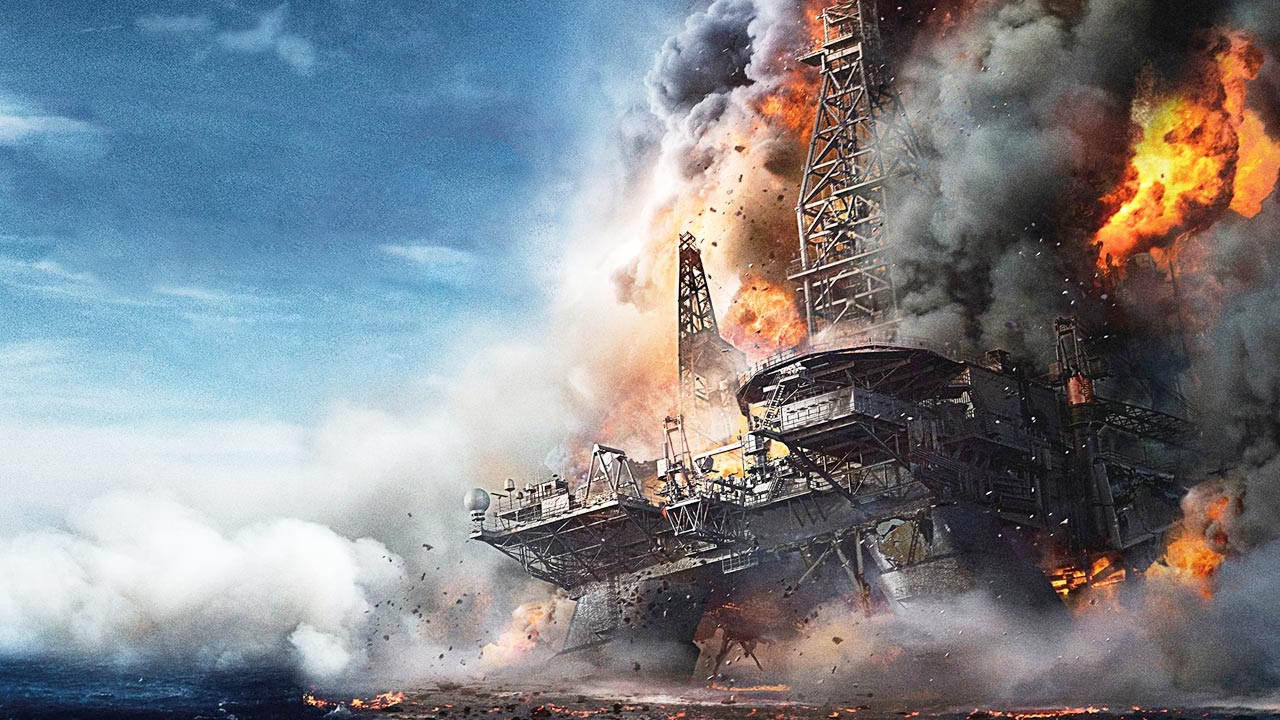
Deepwater Horizon (2016)
Peter Berg’s riveting, pressure-packed dramatisation of America’s worst oil spill is The Towering Inferno for a new generation, with a politically salient message against oil companies and a strong leading performance from Mark Wahlberg as a technician fighting to save himself and his colleagues. What could be more American than a disaster movie about workers scrambling to save their lives because of multinational corporations making cost-cutting decisions?
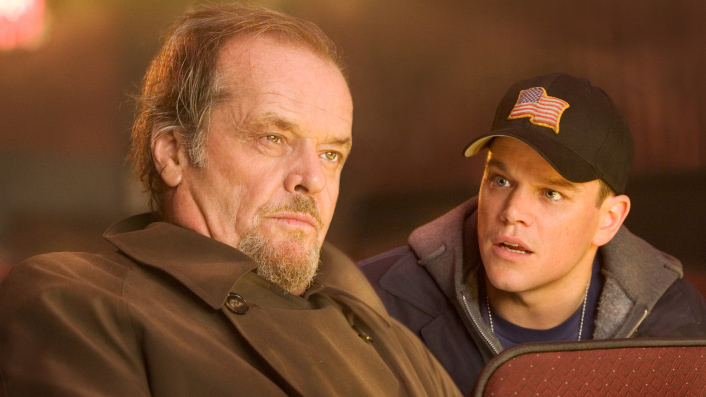
The Departed (2006)
A Martin Scorsese movie with Jack Nicholson as lead gangster is a match made in heaven—or maybe, a match made in the other place. Leonardo DiCaprio and Matt Damon are (like Jack) also superb as two cops, one straight and the other crooked, spearheading a twisty plot (remaking Infernal Affairs—also on Netflix) consummately directed. Scorsese is a master of the gangster genre.
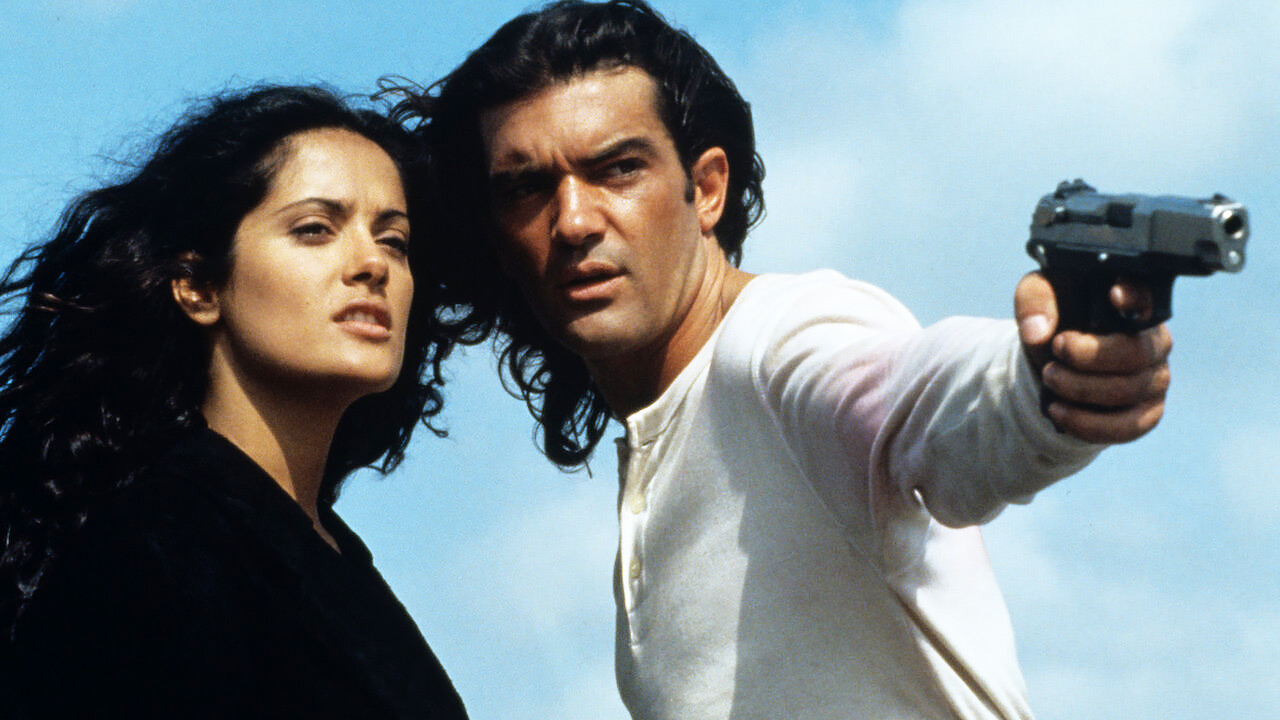
Desperado (1995)
Robert Rodriguez brings rollicking energy and party vibes to the Mexican underworld, playing up to the idea of legend and spaghetti western style mythologizing by conjuring a larger than life character—Antonio Banderas’ El Mariachi—we hear about before we see. A guitar and a mariachi tune is never far away, in a film full of various kinds of performances i.e. music, action spectacle, and fun Tarantino-esque monologues. QT himself in fact appears in a cameo.
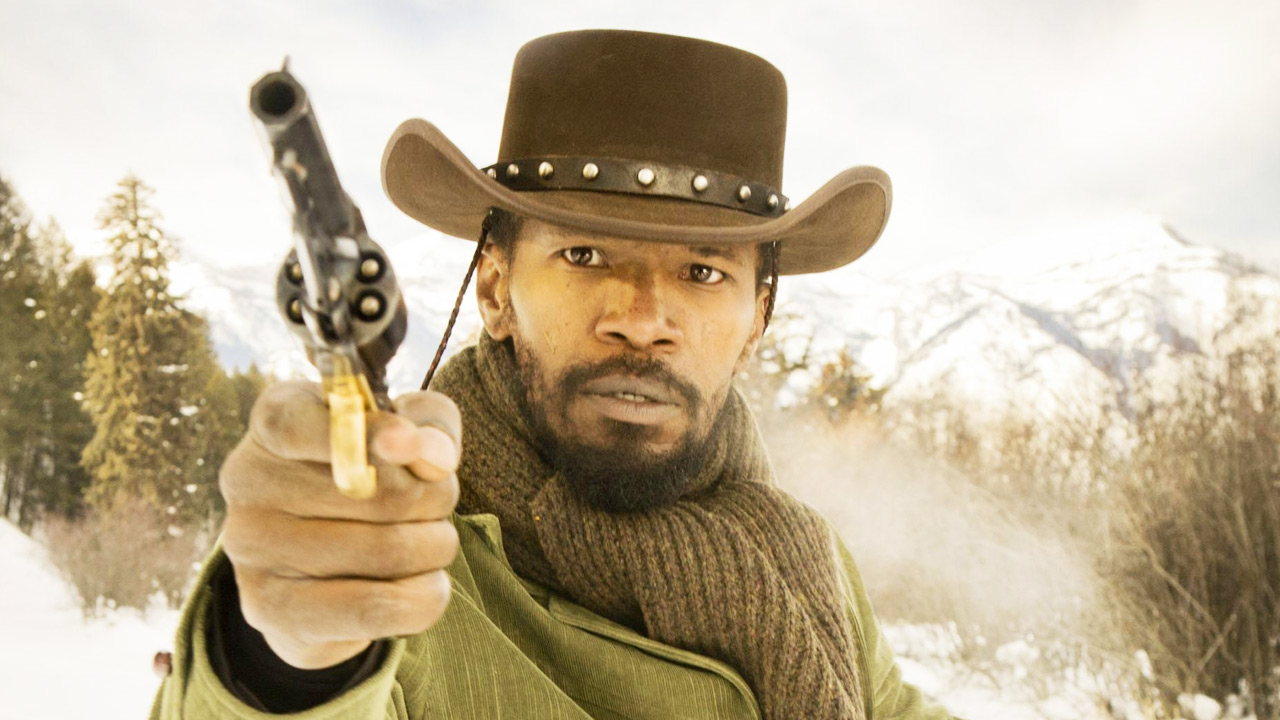
Django Unchained (2012)
Quentin Tarantino’s balls-to-the-wall homage to the genre of stirrups and six shooters hinges on a simple premise: what if the hero of an action-packed western were black? Jamie Foxx pursues blood thirsty revenge as a Deep South slave set free, in a film that couples pulpy QT-isms with scolding allegory about entrenched racism in America.
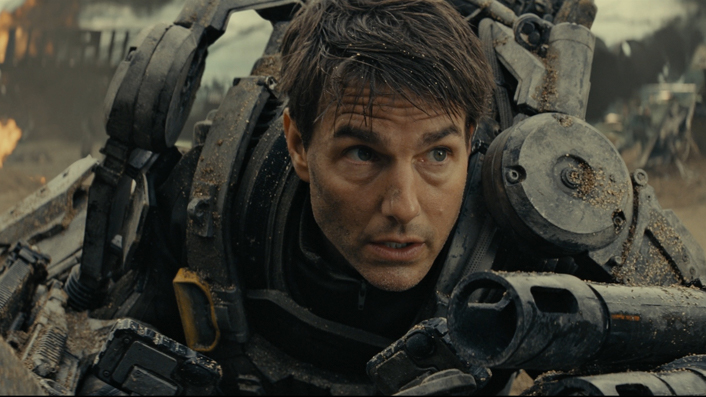
Edge of Tomorrow (2014)
Tom Cruise plays an alien-fighting US solider who cannot die and experiences the same day over and over, Groundhog Day style, in Doug Liman’s rootin’-tootin’ video game-esque sci-fi . The fight/die/repeat format keeps a ferocious pace and doubles as a comment on the infallibility of the Hollywood hero.
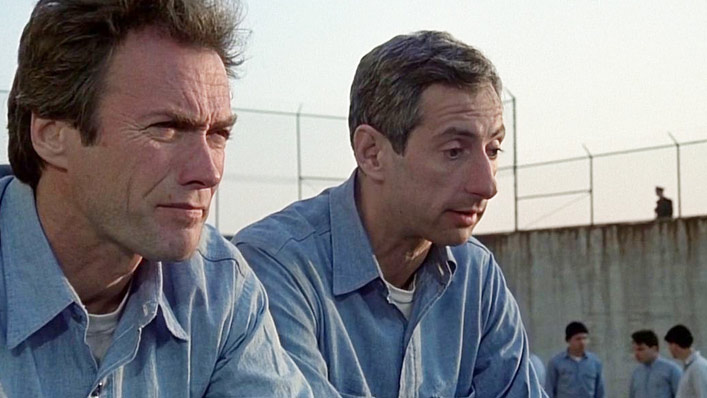
Escape from Alcatraz (1979)
Fans of The Shawshank Redemption will get a kick out of spotting the similarities with Don Siegel’s diligently directed bust-out classic from 1979. A characteristically gruff Clint Eastwood plays an inmate who interprets the following line as a challenge: “No-one has ever escaped from Alcatraz and no-one ever will.”
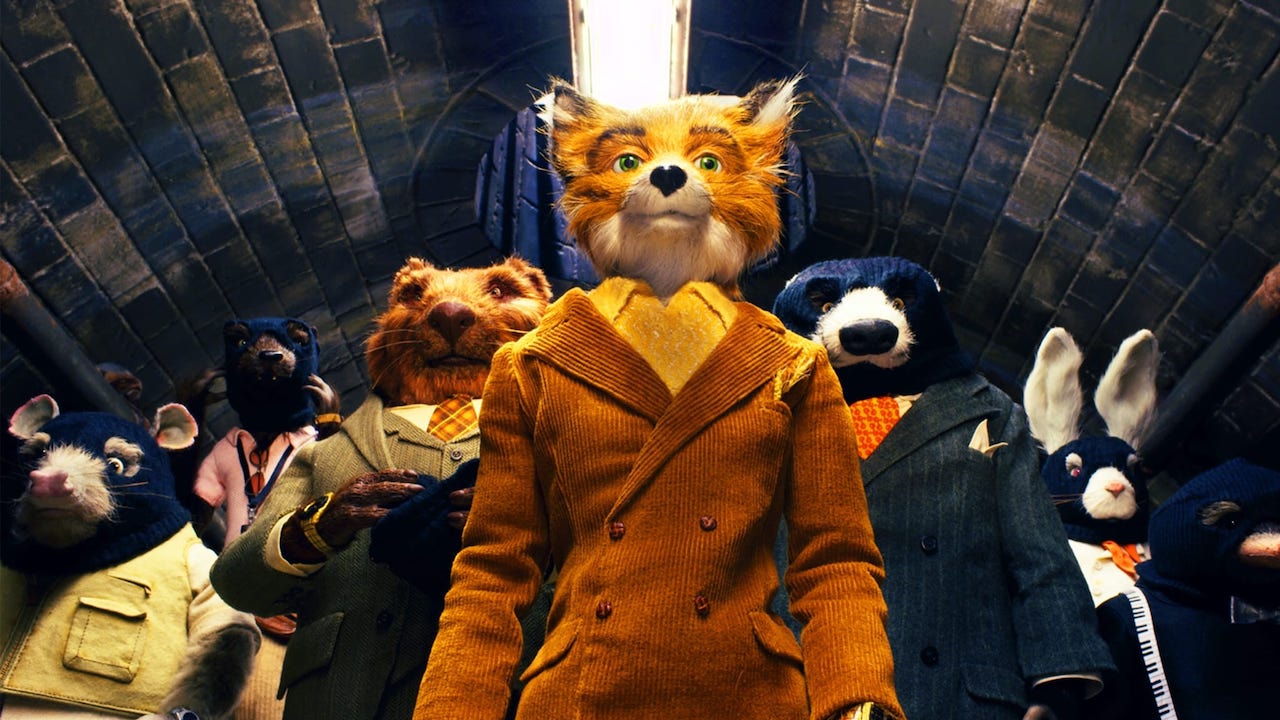
Fantastic Mr Fox (2009)
Stop-motion animation allows Wes Anderson to accelerate his already intensely fastidious style. This witty adaptation of Roald Dahl’s children’s novel is a kitschy and kooky pleasure, every frame a delight. The titular fox (irresistibly voiced by George Clooney) goes toe to toe with farmers intent on destroying him, his craftiness given the ultimate workout.
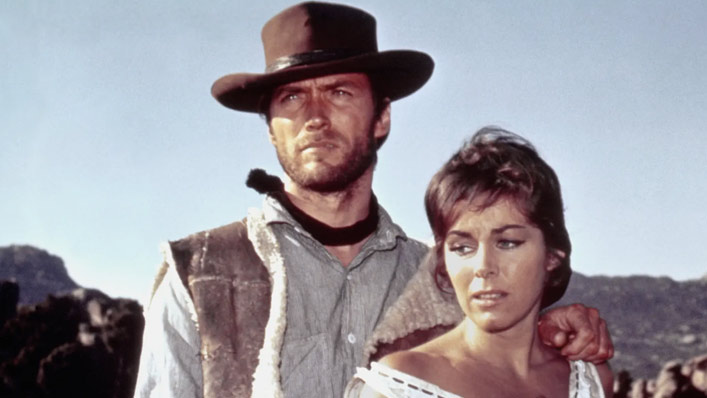
A Fistful of Dollars (1964)
So much style, so much flair. Nobody has or will ever make westerns like Sergio Leone. Clint Eastwood’s iconic “Man with No Name” chomped on his first cigar in the Italian auteur’s watershed 1974 production, about a gunfighter who thrusts himself into the politics of a Mexican village beset by rival gangs. Ennio Morricone’s gooseflesh-raising score adds in no small measure to the film’s escalating intensity.
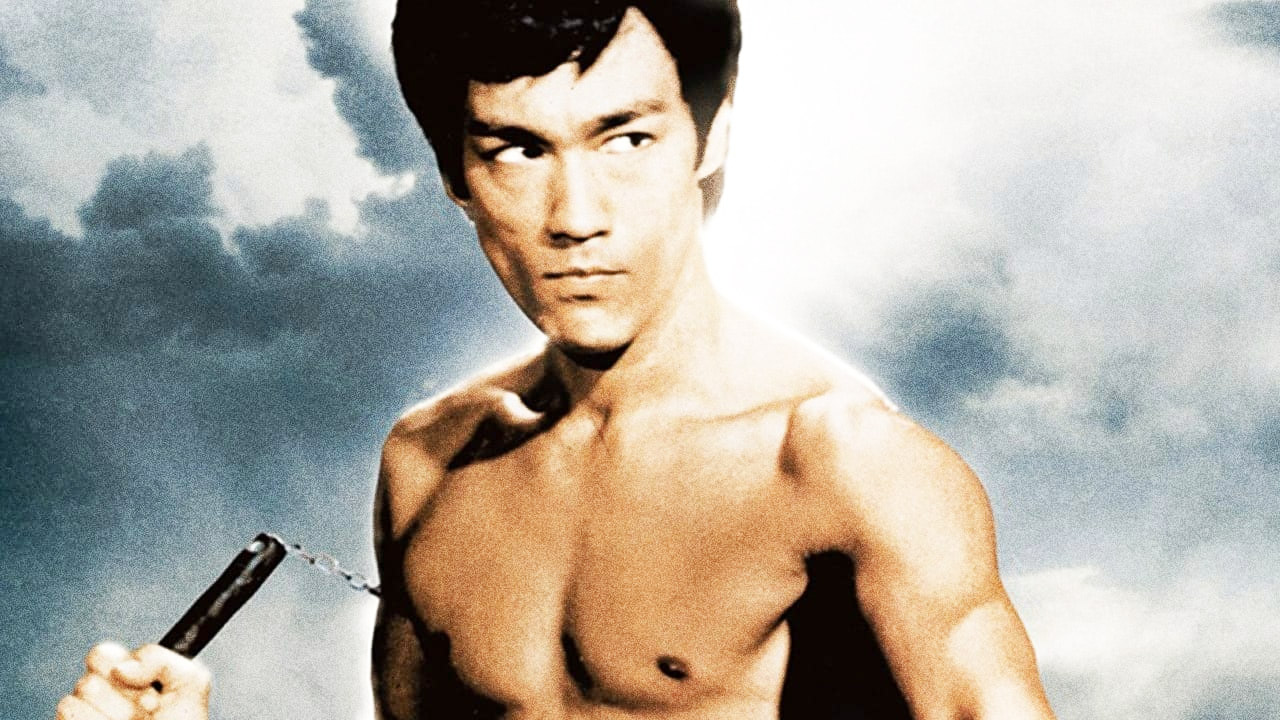
Fist of Fury (1972)
Before the intro credits have appeared, a distraught Bruce Lee is clutching the dirt above his teacher’s grave and swearing revenge. The martial arts legend’s screen-buckling presence seems to extend past the many baddies he beat up to the structure of the film itself, whipping it into gear. Fist of Fury is one of the more notable (and rewatchable) titles from 70’s chopsocky cinema.
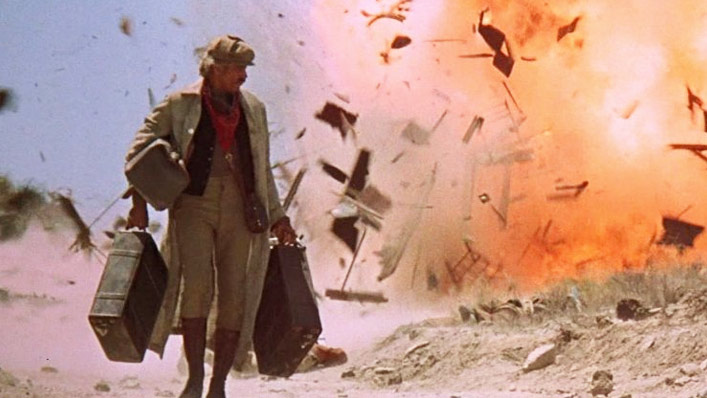
A Fistful of Dynamite (1971)
More style, more flair. Leone follows outlaws caught up in the Mexican Revolution of the 1910s, one of whom periodically enunciates the film’s alternate title: “Duck, you sucker!” Leone’s stop-start style runs the gamut visually, from long shots of large scale battles to extreme close-ups of eyeballs, nostrils, moustaches. You catch your breath and savour the film’s beauty—before it abruptly changes gears.
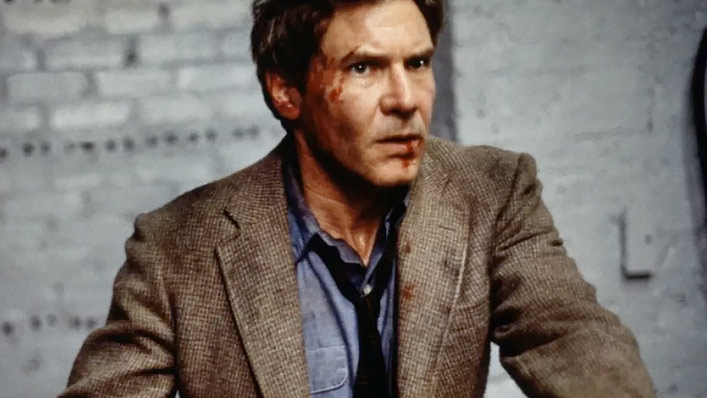
The Fugitive (1993)
“I didn’t kill my wife.” “I don’t care!” This simple dialogue exchange doesn’t do much on paper, but in the film—pairing Harrison Ford’s growl with Tommy Lee Jones’ mean country twang—it became a deliciously famous moment from 90s cinema. Ford, wrongly convicted of murder, eludes Jones while figuring out whodunit in a twisty and wildly enjoyable chase movie.
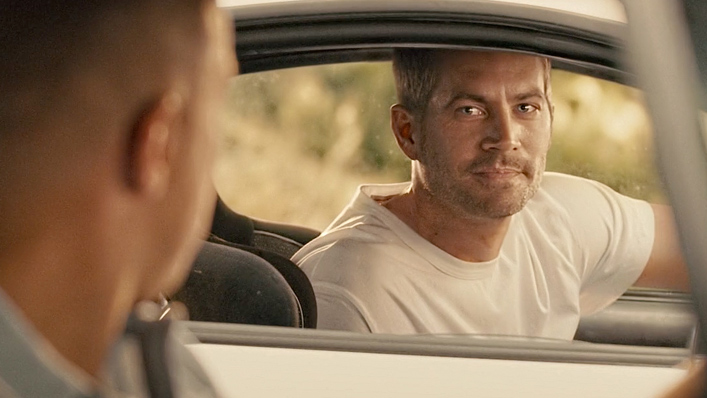
Furious 7 (2015)
I’m not a big fan of the tired and—despite all those lead feet and screeching tyres—slow soap opera that courses through the veins (engines?) of the Fast and Furious movies. But hot damn, that Dubai double skyscraper stunt scene in the seventh (and best) installment—captured in a glorious extreme long shot—is fantastic. The rest of the film, directed by James Wan, is fine too—with a surprisingly tender goodbye to star Paul Walker, who died during production.

Gladiator (2000)
The roar of the crowd in Ridley Scott’s hell-unleashing swords and sandals epic isn’t just the sound of people clamouring for spectacle, but a through line to the film’s core political message: about wielding power by winning over over the masses. A mustily styled worn-in look gives the clanging steel and spurting blood a credible veneer, and a pacey momentum compensates for a very chunky running time.
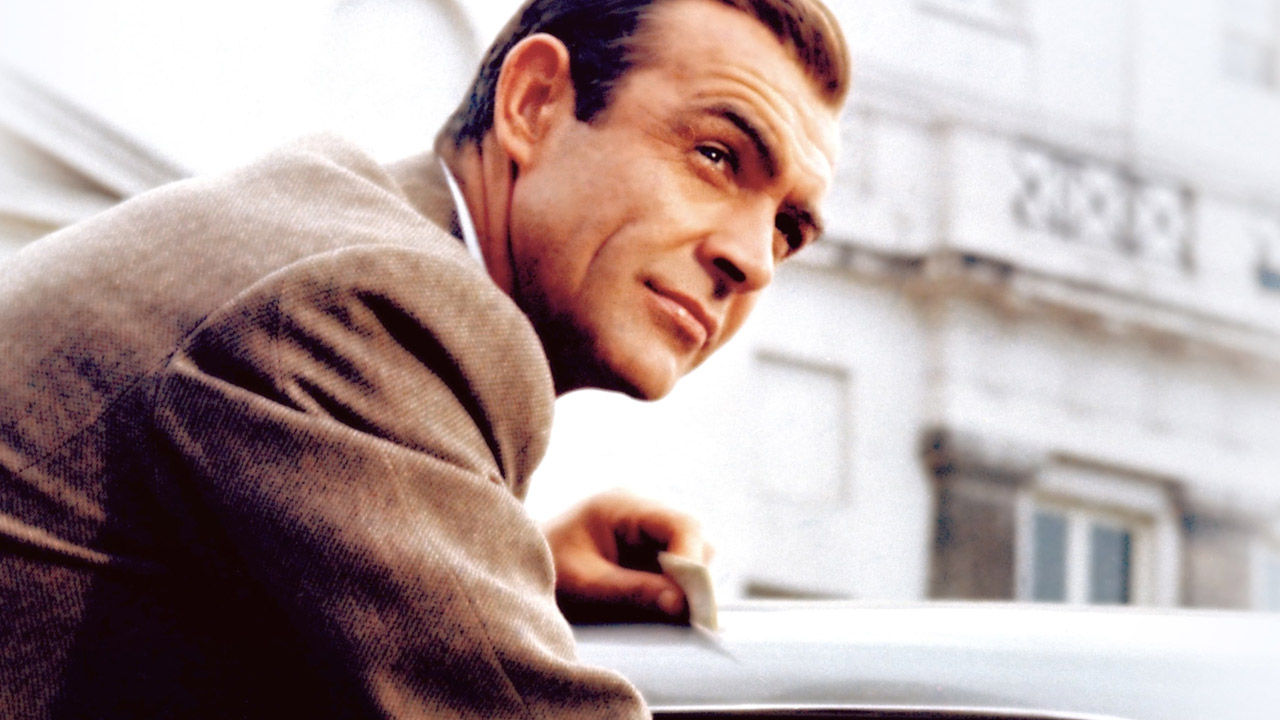
Goldfinger (1964)
“You expect me to talk?” “No, Mr Bond, I expect you to DIE!” Expect all you like, Goldfinger: you should have used a gun to kill 007 instead of an elaborate death machine. Sean Connery’s third outing in the Bond tux marks one of the franchise’s high points, loaded with strange spectacle and memeable scenarios.
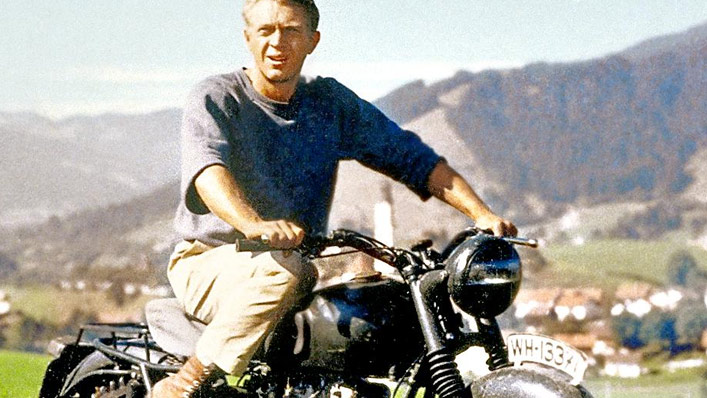
The Great Escape (1963)
Steve McQueen’s motorcycle jump is the most famous moment in a film that says much more about action cinema—i.e. slow burn versus spectacle, patience versus payoff—then it does about war. McQueen, James Garner, Richard Attenborough, Charles Bronson and others play Allied prisoners who break out of a Nazi detention camp. It’s long but satisfying.
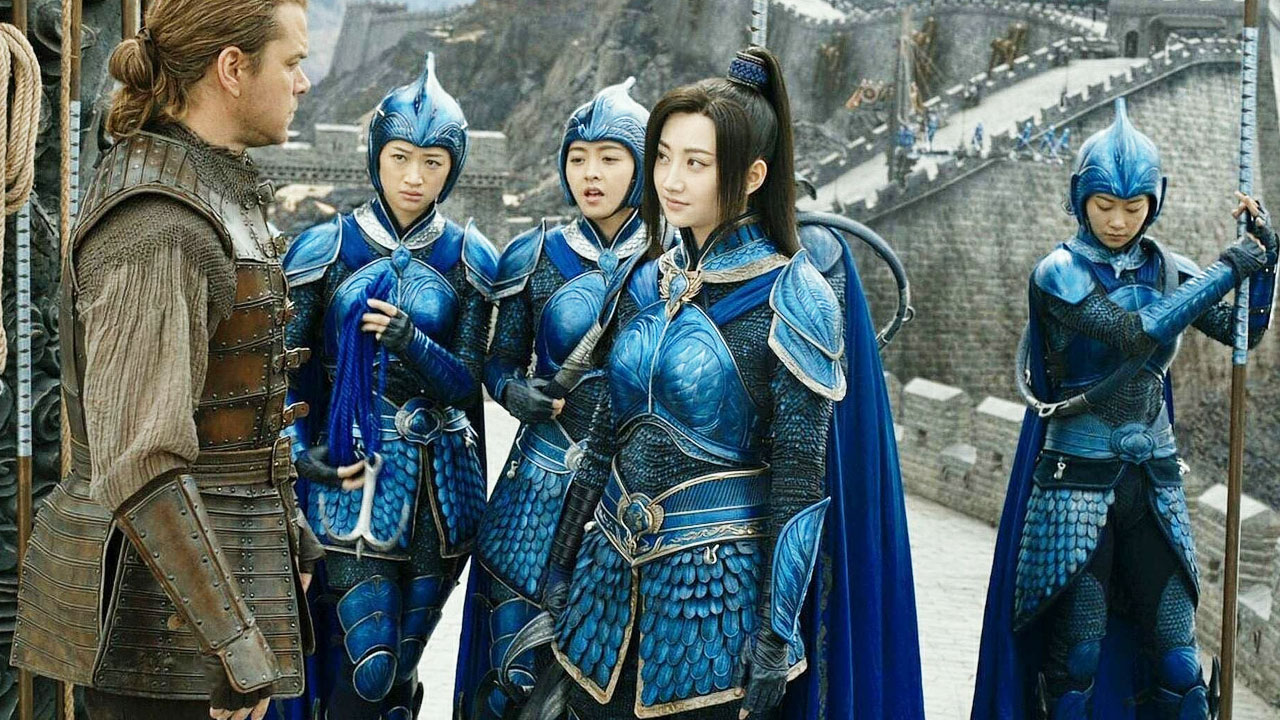
The Great Wall (2016)
The look and feel of Chinese director Yimou Zhang’s fantastical battle epic couldn’t be further from the rapid-fire freneticism de rigueur in Hollywood. The director is unafraid to hold the frame, savouring the beauty of his compositions, many of which evoke jaw-dropping vertical depth. Loads of battles are staged atop the titular wall, which is attacked by vicious beasts, Matt Damon’s warrior joining Chinese forces to fend them off.
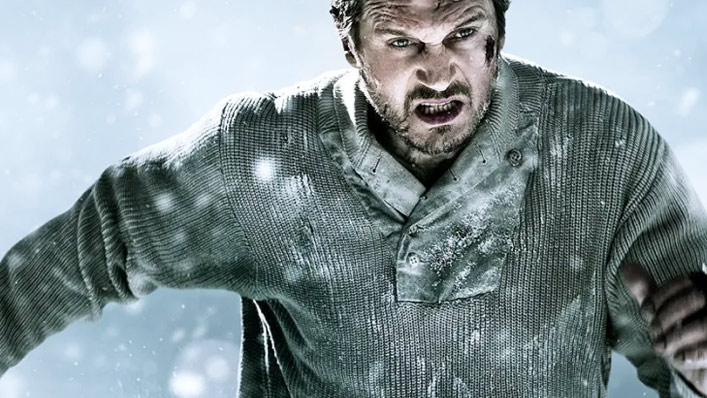
The Grey (2012)
Joe Carnahan’s survival-in-the-wilderness film was marketed as an action-packaged Liam Neeson vehicle—but it’s much more than that. A plane crash leaves a bunch of men stranded in icy Canadian no man’s land. Horrible creatures attack and people die, but this magnificent movie is fundamentally a rumination on masculinity, delving into topics (such as suicidal ideation) not often explored in multiplex movies. Especially not ones featuring tough guys taping broken glass to their knuckles.
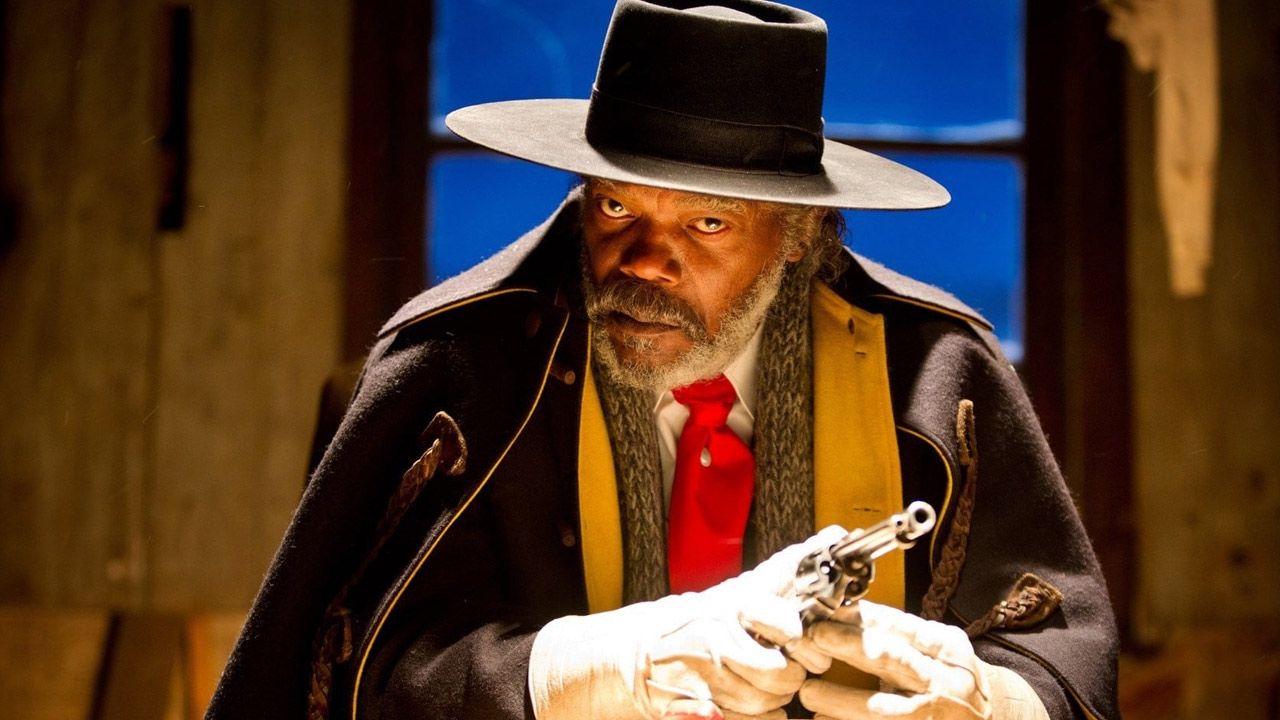
The Hateful Eight (2015)
Quentin Tarantino’s long and characteristically verbose eighth film is less an action movie than a western by way of Agatha Christie. A group of hard-bitten blokes, plus a crazy-eyed Jennifer Jason Leigh, hole up in the middle of nowhere, seeking refuge from a blizzard. The plot thickens, time jumps around, extreme violence ensues.
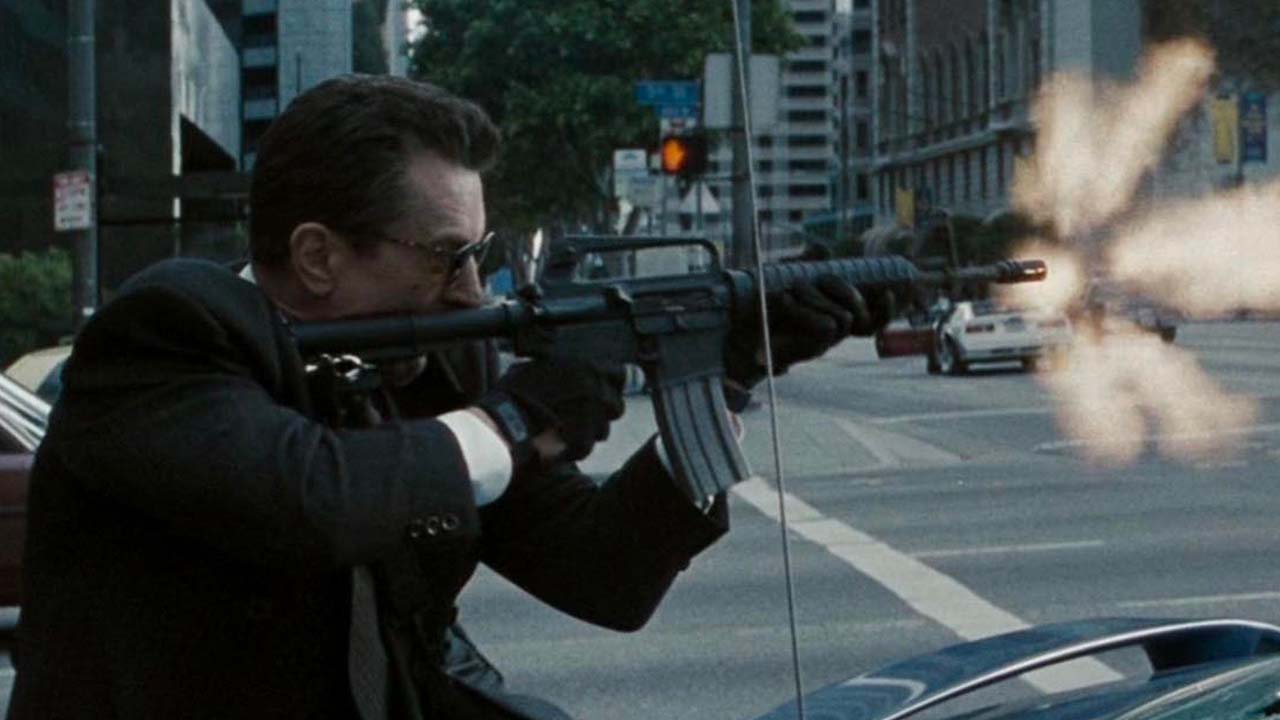
Heat (1995)
Al Pacino and Robert DeNiro face off as an obsessed cop and a big-time thief in Michael Mann’s exalted crime film, set in the concrete jungle of Los Angeles. The director’s stop-start momentum switches between bursts of action to simple dialogue exchanges, the most famous and memorable transpiring between the two lead actors in a diner, over a cup of coffee.
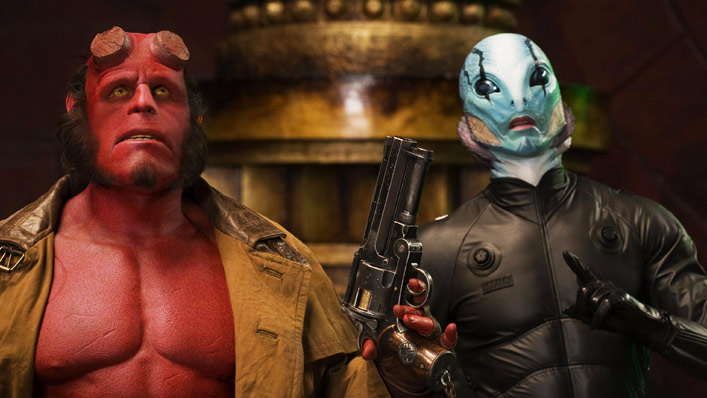
Hellboy (2004)
Guillermo del Toro’s first two Hellboy movies are far nmore idiosyncratic and thoughtful than the vast majority of superhero movies. A makeup-caked, tomato-red Ron Perlman stars as a human-like half-demon who is actually one of the good guys, working for an elite team to save humankind from a various terrible threats. The production design is out of this world.
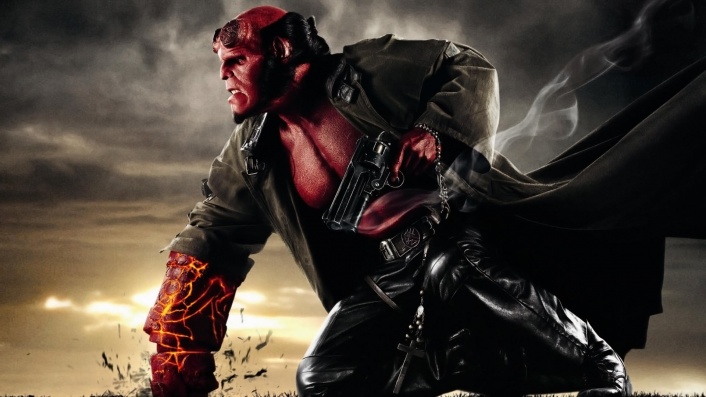
Hellboy II: The Golden Army (2008)
Guillermo del Toro’s most imaginative production marks the second performance from Ron Perlman as the buff, tomato red, human-like titular half-demon raised as a superhero to fight for humanity. This is a film that cares about its creations—even ones cursed to die in service of spectacle—such as a huge, plant-like, city-destroying monster discussed in the context of exquisite beauty (“you destroy it, the world will never see its life again”). Magnificent.
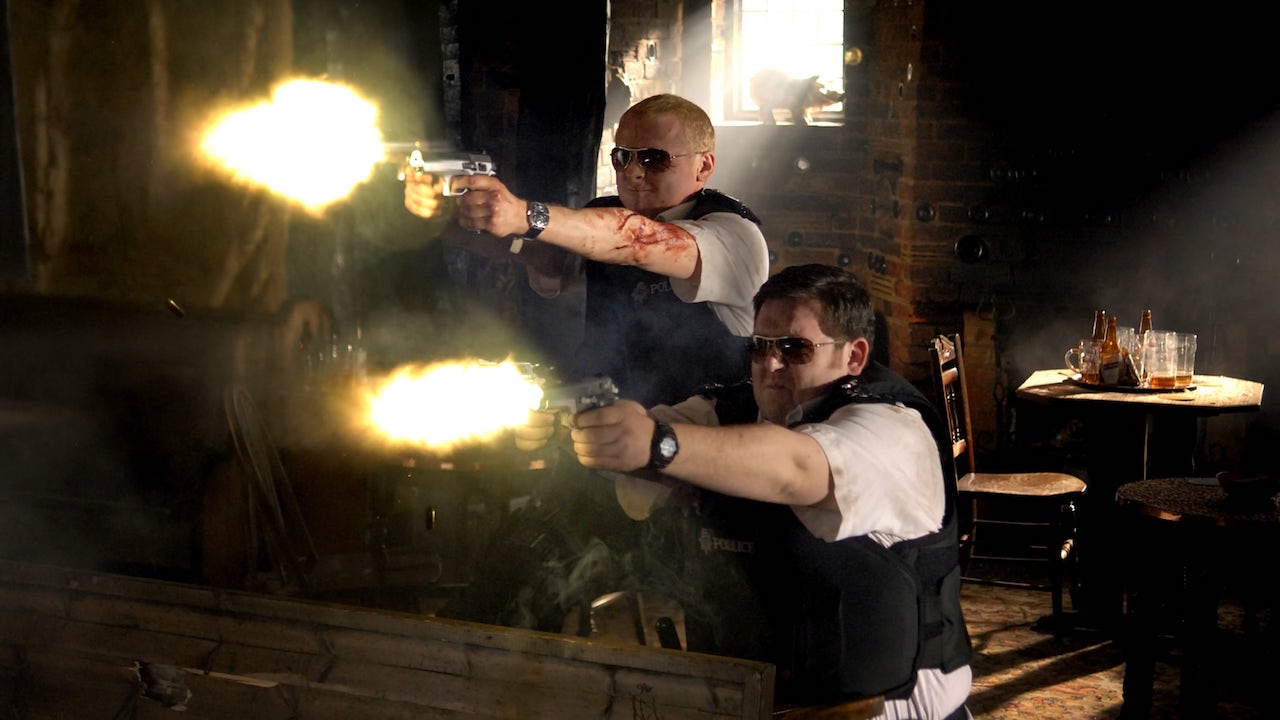
Hot Fuzz (2007)
Edgar Wright has great flair for visual expression and narrative economy. The second instalment in his beloved Three Flavours Cornetto Trilogy is a genre-bending buddy cop comedy about a police officer (Simon Pegg) relocated to a boring, sleepy village—boring, that is, until all those gruesome killings start happening. Few filmmakers direct comedy as creatively and interestingly as Wright, who uses editing to bring the form of the film itself into the joke.
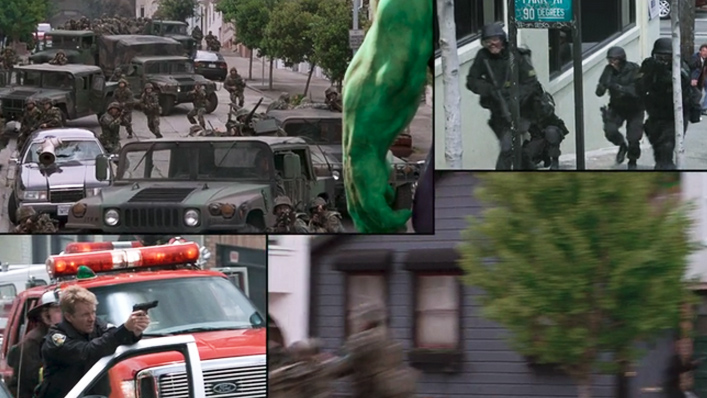
Hulk (2003)
Ang Lee’s neglected 2003 superhero movie—starring Eric Bana as the bright green and famously intemperate protagonist—is languidly paced and overlong. But visually it dares to be different, with inventive split-screens and box-like compositions that embrace the comic book aesthetic, suggesting ways this genre could have had a unique cinematic style.
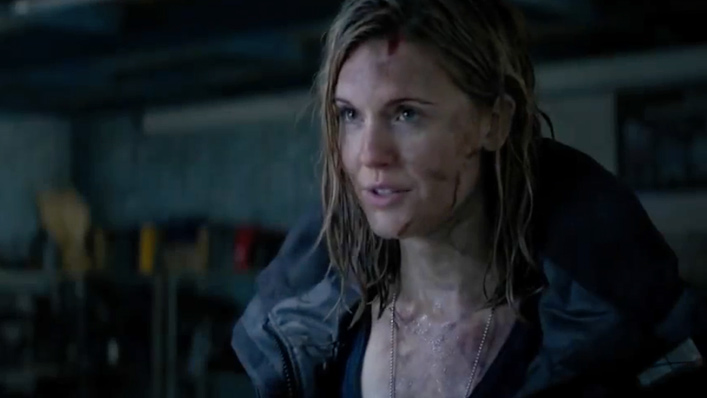
The Hurricane Heist (2018)
Filmmakers such as Akira Kurosawa and Sergio Leone understood the simple trick of adding industrial fans to blow things around on set, creating movement and intensifying mise-en-scene. This idea is taken to insane new levels in director Rob Cohen’s highly under-rated spectacle, in which pretty much everything blows around pretty much all of the time. The action revolves around robbers who—you guessed it—stage a heist during a hurricane.
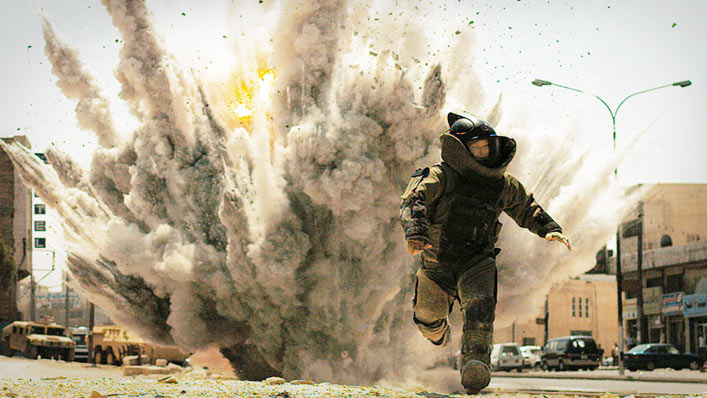
The Hurt Locker (2008)
Kathryn Bigelow’s Iraq-set war film has a rare kind of panic-inducing energy. If you’re a chronic nail biter, expect to gnaw your fingers off. Bigelow focuses on an elite team of bomb diffusers (including Jeremy Renner) and builds a volatile atmosphere, juxtaposing extreme loudness with unsettling quietude.
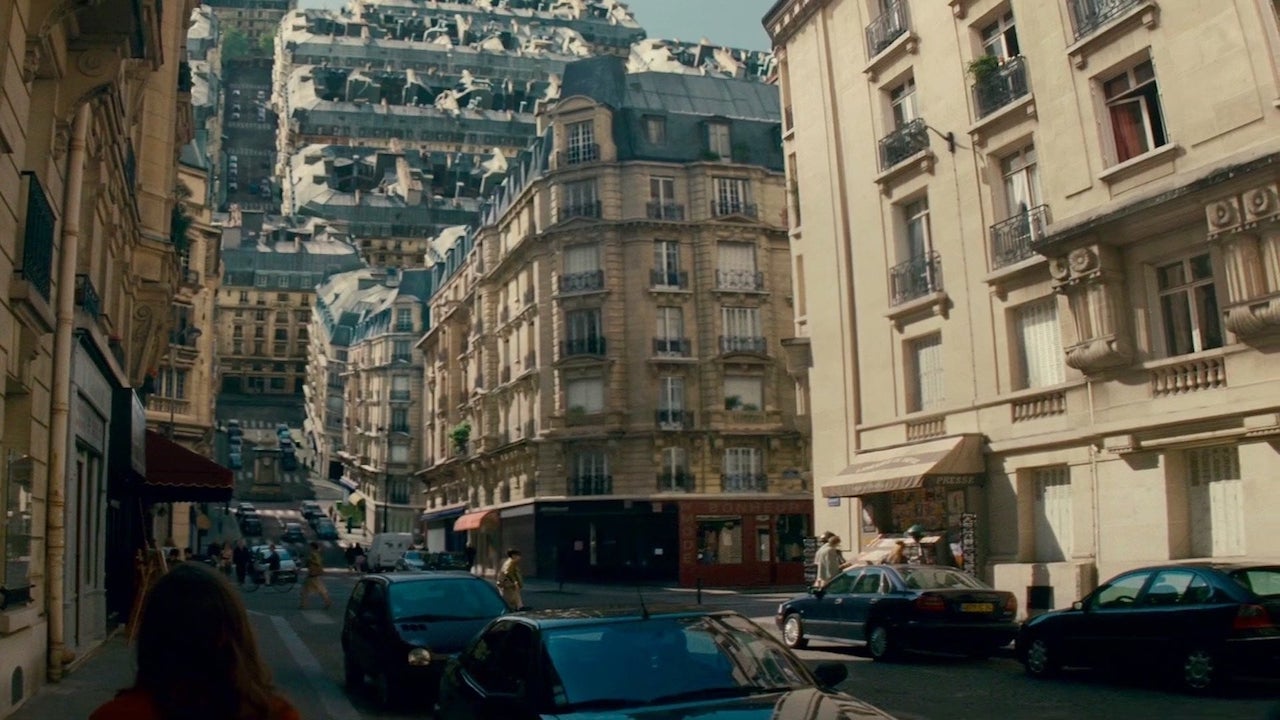
Inception (2010)
Christopher Nolan’s penchant for grandly staged action, combined with a fun multi-dimensional twist, takes the well-worn “dream within a dream” concept to exhilarating places, tiering an espionage narrative with matryoshka doll layers of realities inside realities. Leonardo DiCaprio’s dream-penetrating thief had to go deep inside his own consciousness to prevail—but is he still in some outer realm of the cosmos, watching a spinning top wobble?
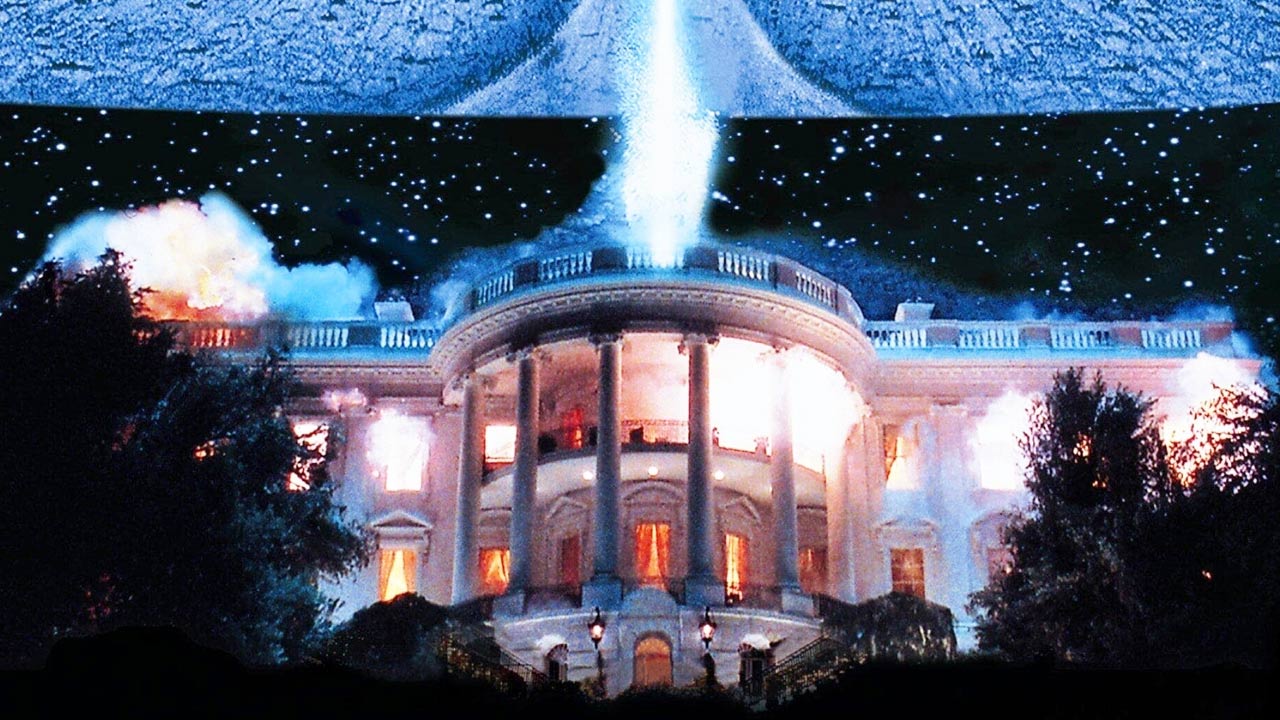
Independence Day (1996)
Sheer, stupid, irresistible popcorn spectacle, cooked up for the bleachers seats but also very well crafted. When aliens land on earth and zap the White House to smithereens, Will Smith declares he’ll “whoop ET’s arse.” Disaster maestro Roland Emmerich runs with the madness full tilt boogie, summoning Randy Quaid’s drunk pilot to save the day. This movie makes you want to stand up and cheer.

Inglourious Basterds (2009)
Speaking of Nazis…Quentin Tarantino’s seventh film begins with vintage monologues from Christoph Waltz and culminates with an explode-a-palooza of historical revisionism, the cinema itself the very venue for the demise of Adolf Hitler. Tarantino’s penchant for pop-art cinephilia is on full delirious display, sprucing up a stop-start narrative about—as Brad Pitt so eloquently puts it—”killin’ Nazis.”
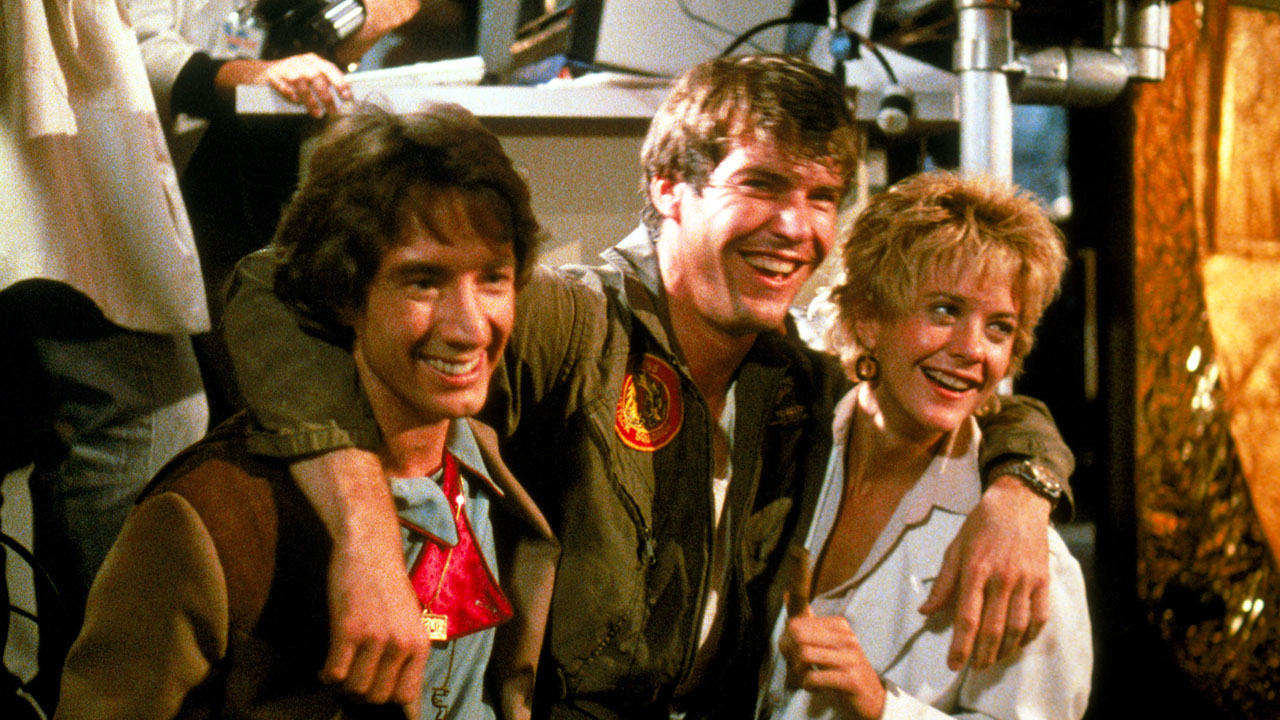
Innerspace (1987)
Never has navigating somebody’s insides seemed so much fun! Joe Dante’s stupidly enjoyable romp runs (tiny) rings around other miniature adventure movies (i.e. Honey I Shrunk the Kids and The Borrowers), making them look sedate by comparison. A kooky plot twist sees Dennis Quaid’s aviator shrunk down to matchstick size, piloting through the body of poor ol’ Martin Short.
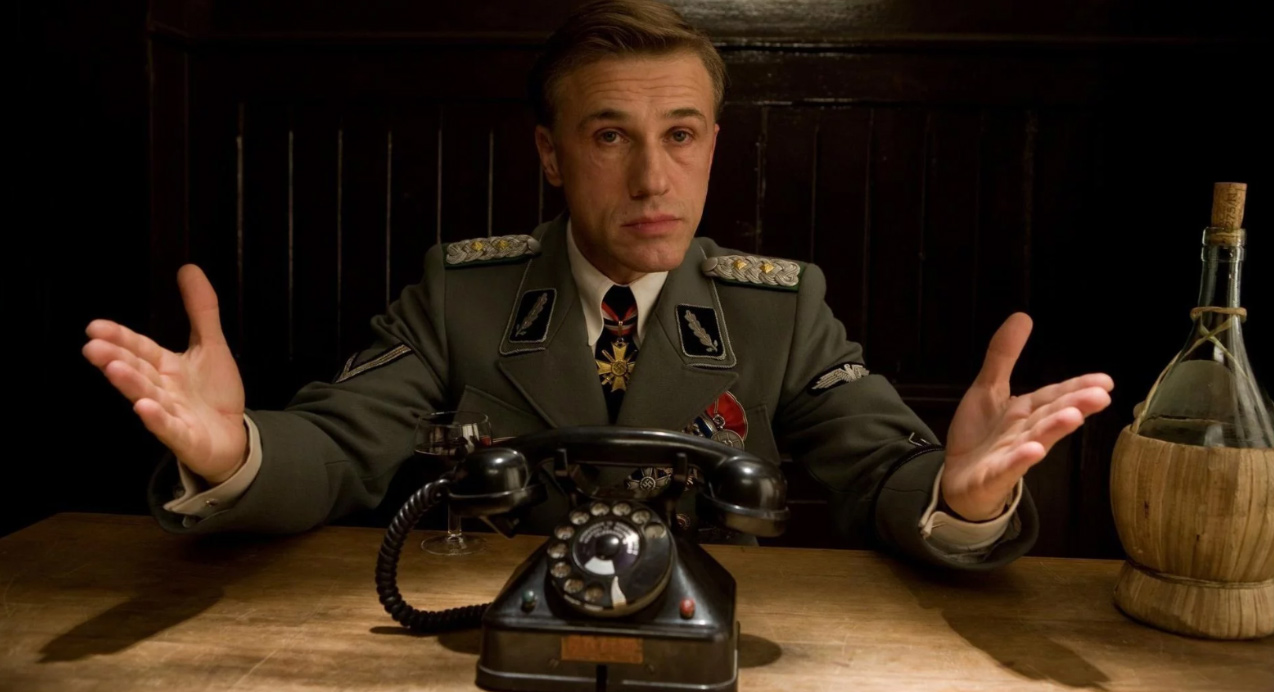
Inglourious Basterds (2009)
It begins with vintage monologues from Christoph Waltz and culminates with an explode-a-palooza of historical revisionism, the cinema itself the very venue for the demise of Adolf Hitler. Tarantino’s penchant for pop-art cinephilia is on full delirious display, sprucing up a stop-start narrative about—as Brad Pitt so eloquently puts it—”killin’ Nazis.”
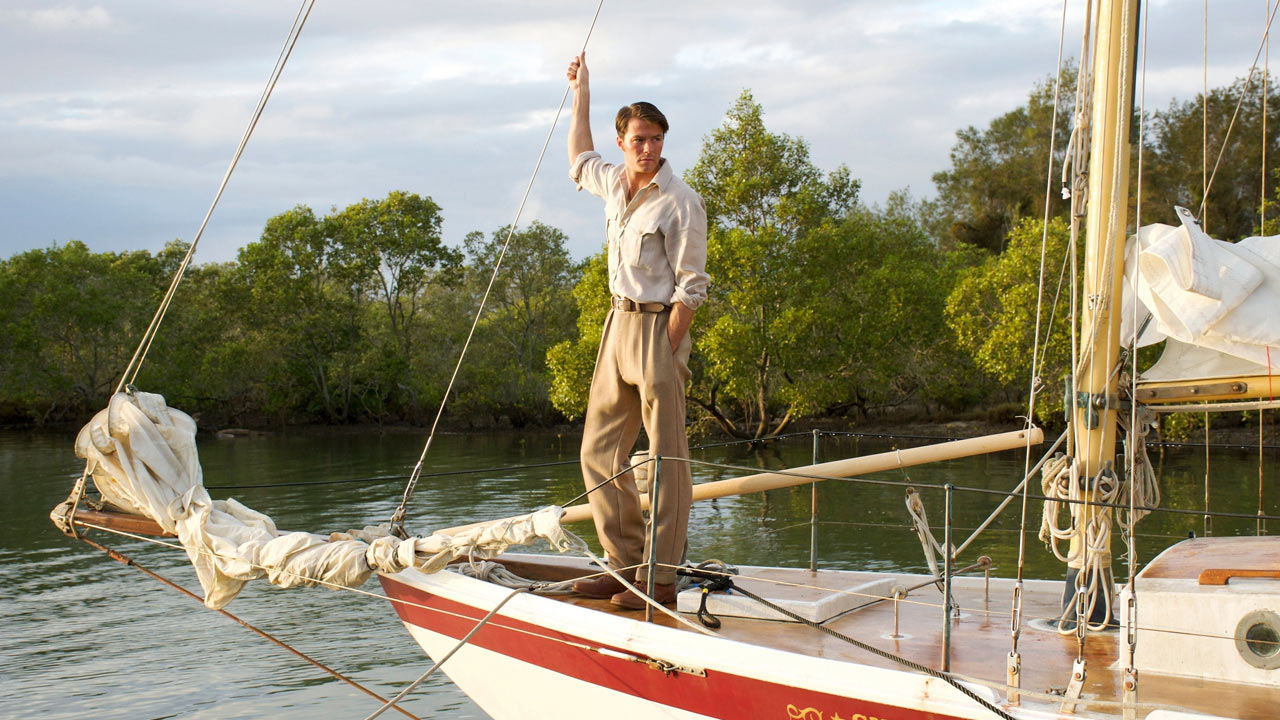
In Like Flynn (2018)
Russell Mulcahy’s period swashbuckler adapts a novel written by Hollywood legend Errol Flynn, set during the star’s pre-acting years when he supposedly embarked on a quest to locate a stash of gold in New Guinea. This fun, pacey film is an anti-high art picture that happily prioritises embellishing legend over recreating life.
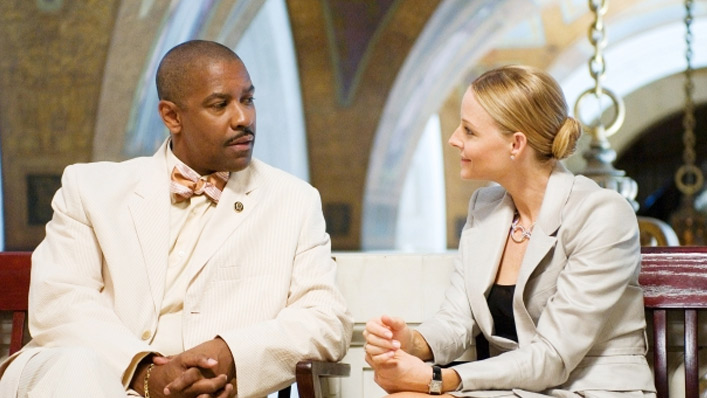
Inside Man (2006)
The bank heist movie has been cut up and rearranged a thousand times. But Spike Lee makes it feel fresh—morphing the premise with a whodunit, a whydunit, and even a what-did-they-dun. Clive Owen plays the lead robber, opposite Denzil Washington’s police detective and Jodie Foster’s power broker. Russell Gewirtz’s very smart, two-step-ahead screenplay is a hoot. Try and keep up.
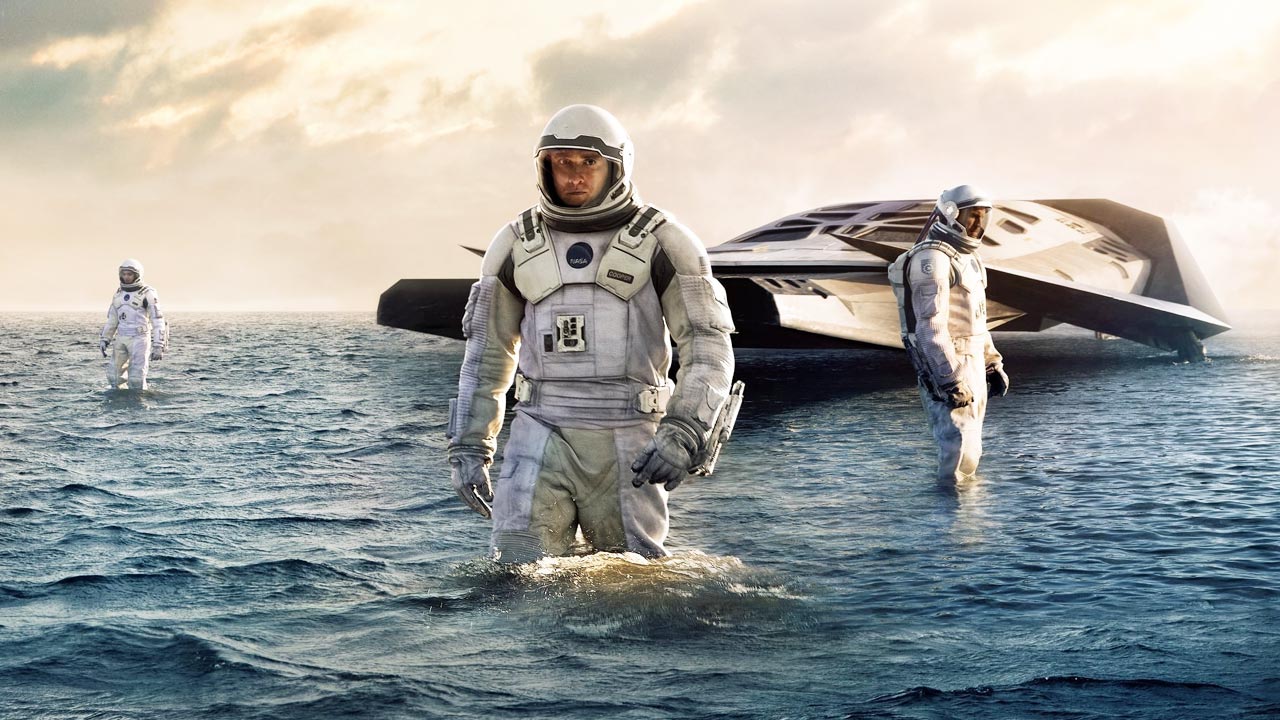
Interstellar (2014)
Everything about Christopher Nolan’s blockbuster is big. It’s about a big journey: deep into space to find a planet capable of human life. With a big star: Matthew McConaughey, playing a widowed NASA pilot-cum-farmer. And a big kooky twist: involving time travel and a bookshelf. The film’s sheer largesse insulates it from its own absurdities.
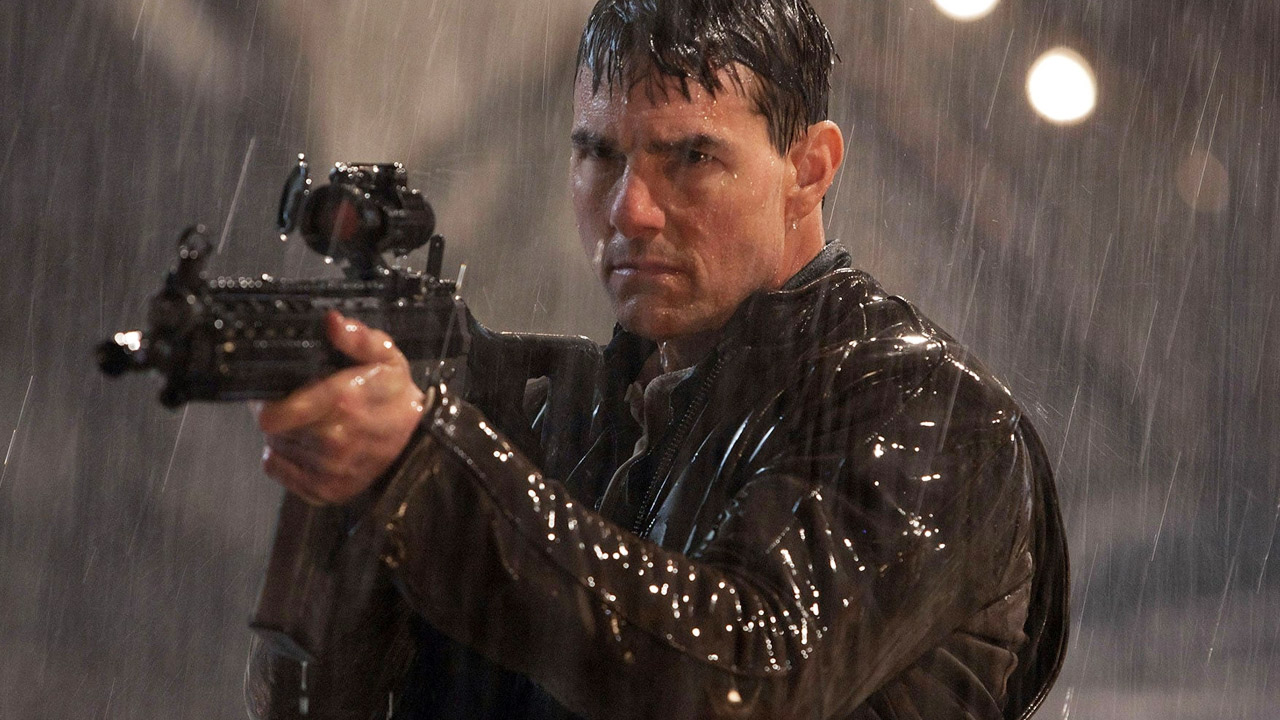
Jack Reacher (2012)
“Did I need a knife in Siberia?” That is the showstopping line in Jack Reacher, hissed by a very creepy, very shit-eating Werner Herzog, playing a former political prisoner cum villain. Tom Cruise is leading man, in fine form as a quick-thinking tough guy thrust into a tangled plotline involving crimes, conspiracies and creepy old Herzog. Generic but rewarding.

Jaws (1975)
The shark catchers in Steven Spielberg’s iconic creature feature famously needed a bigger boat. The film itself—a thrillingly suspenseful blockbuster—shifted the foundation of multiplex cinema, ushering in a new era of tentpole spectacles. The story unsubtle messages have contemporary relevance, about heeding the advice of public health experts.

Jumanji (1995)
Robin Williams plays a character who got lost in an alternate universe as a child and is returned to reality when new players (Kirsten Dunst and Bradley Pierce) of the titular board game roll the dice. Joe Johnston’s 1995 hit is to some extent a coathanger for special effects—but it’s unusual to see a family film so alive with paranoia and so dripping with dread. Jumanji was under-appreciated back in the day and time has been kind to it; even the special effects still look pretty good.
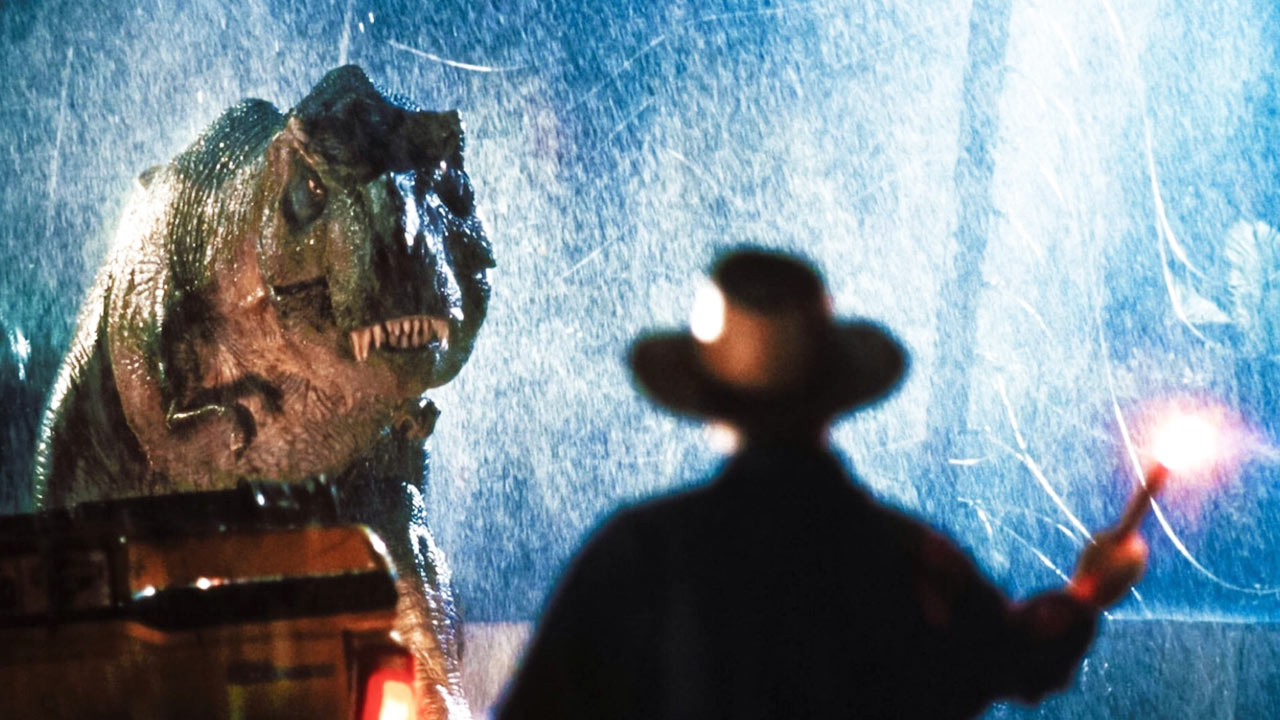
Jurassic Park (1993)
Steven Spielberg’s dinosaur theme park is so vividly rendered it feels like we’ve been there for ourselves. Not that we’d want to, given how things turned out. Widely considered a turning point for computer-generated effects, Spielberg elegantly mixes real and virtual elements and suspensefully draws out his set pieces, letting indivdual moments breathe.
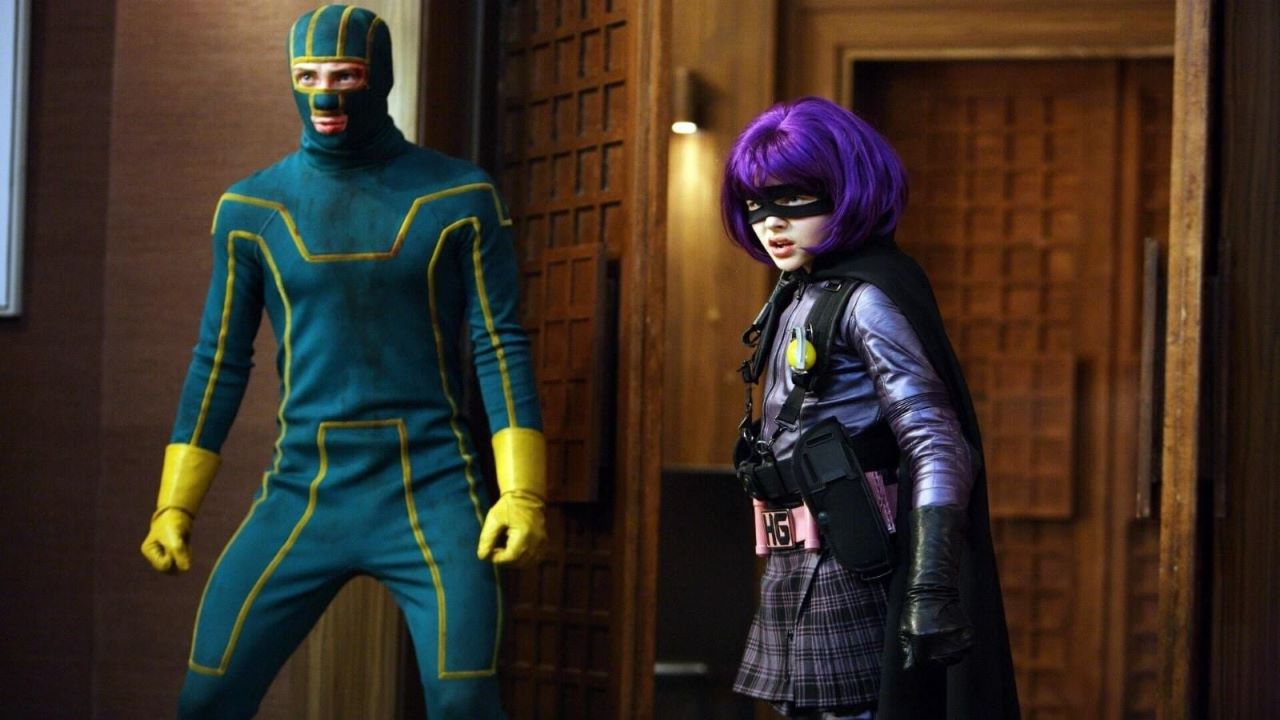
Kick-Ass (2010)
This wittily irreverent and sassy superhero movie follows a delusional teenager, Aaron Johnson’s Dave Lizewski, who dons a bogus costume and declares himself a caped crusader. Matthew Vaughn wickedly subverts the genre and makes way for some scene-stealing supporting performances—particularly from NIcolas Cage and Chloe Grace Moretz.
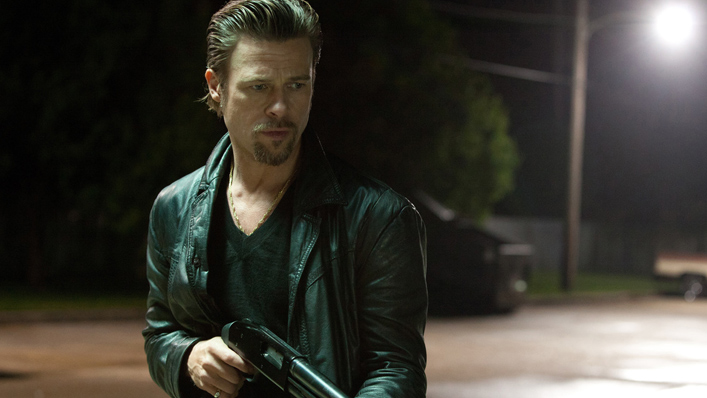
Killing Them Softly (2012)
Andrew Dominik inventively uses crime drama to ruminate on American society, with gangsterism as a metaphor for the dangers of free enterprise in unregulated economies. Two festy small time crims (Scott McNairy and Ben Mendelsohn) rob a card game ran by the mob, triggering all sorts of consequences. Moments of visual aplomb are matched with bold socio-political commentary.
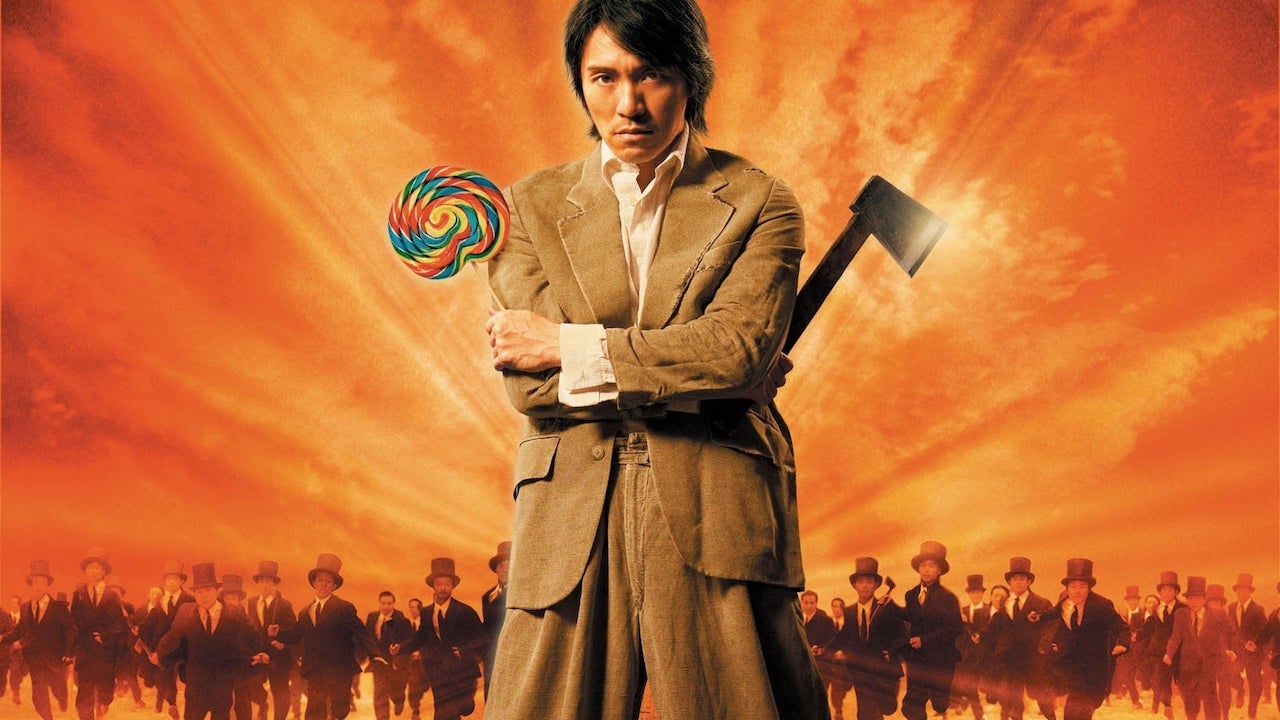
Kung Fu Hustle (2004)
I am far from the first critic to liken Stephen Chow’s zany chopsocky period movie to a live-action Looney Tunes cartoon, but sometimes the collective wisdom gets it right. Chow (also the writer and director) plays a blunderous small-time con artist who, in a rural slum in China in the 1940s, becomes embroiled in an epic brouhaha between the murderous “Axe Gang” and a trio of genuine kung fu masters. The story is OK; the execution is delightful.
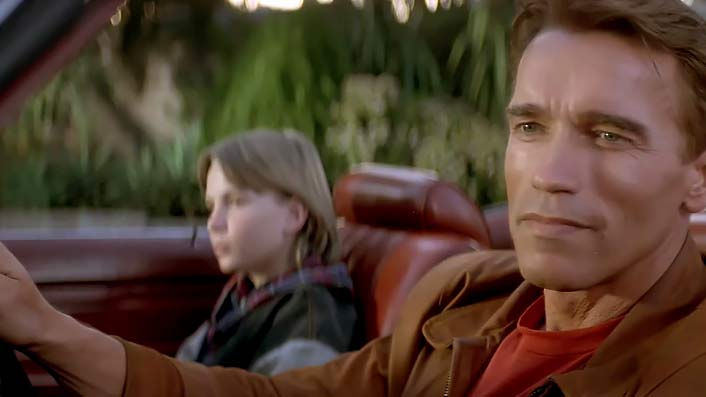
Last Action Hero (1993)
While driving a convertible with no hands (naturally) Arnold Schwarzenegger fires a bullet at an assailant. This inadvertently causes an ice cream cone to kill a man by flying into the back of his head. “Iced that guy,” says Arnie, “to cone a phrase.” Best or worst one-liner ever? Last Action Hero is nothing if not self-conscious. The film—about an 11-year-old kid who enters an alternate universe—is half-hearted as a satire but backhandedly enjoyable.
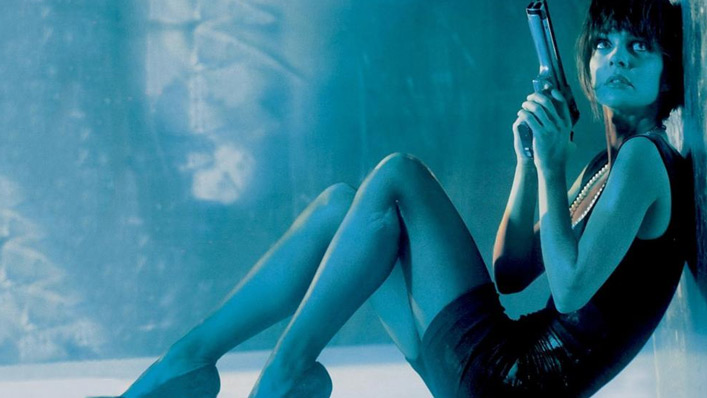
La Femme Nikita (1990)
An influential film in the genre of the hardboiled assassin pic, Anne Parillaud is a force to be reckoned with (or avoided at all costs), playing a violent and psychotic drug addict the government trains up to be an elite killer. Parillaud’s presence comes on like a clap of thunder, a roar from the gods.
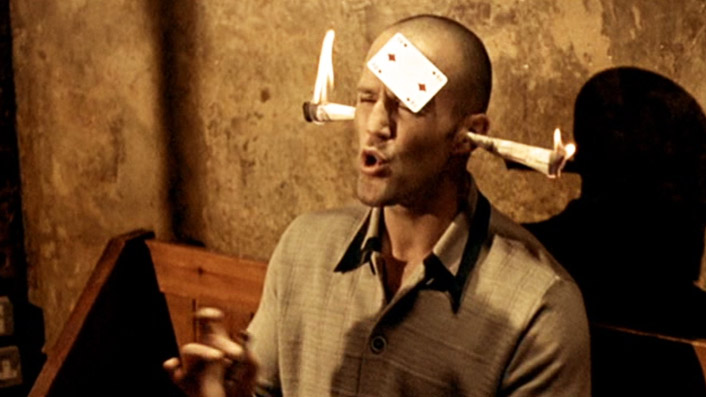
Lock, Stock and Two Smoking Barrels (1998)
When cardshark Eddy (Nick Moran) loses big in a rigged poker game, he and his pals set out to settle their debts by stealing from weed dealers. Surprise surprise, there are complications. The various elements of Guy Ritchie’s cockney gangster movie really gel: the snappy performances, the even snappier dialogue, the washed-out cinematography, the disciplined and energetic editing. It’s Ritchie’s first film and remains his best.
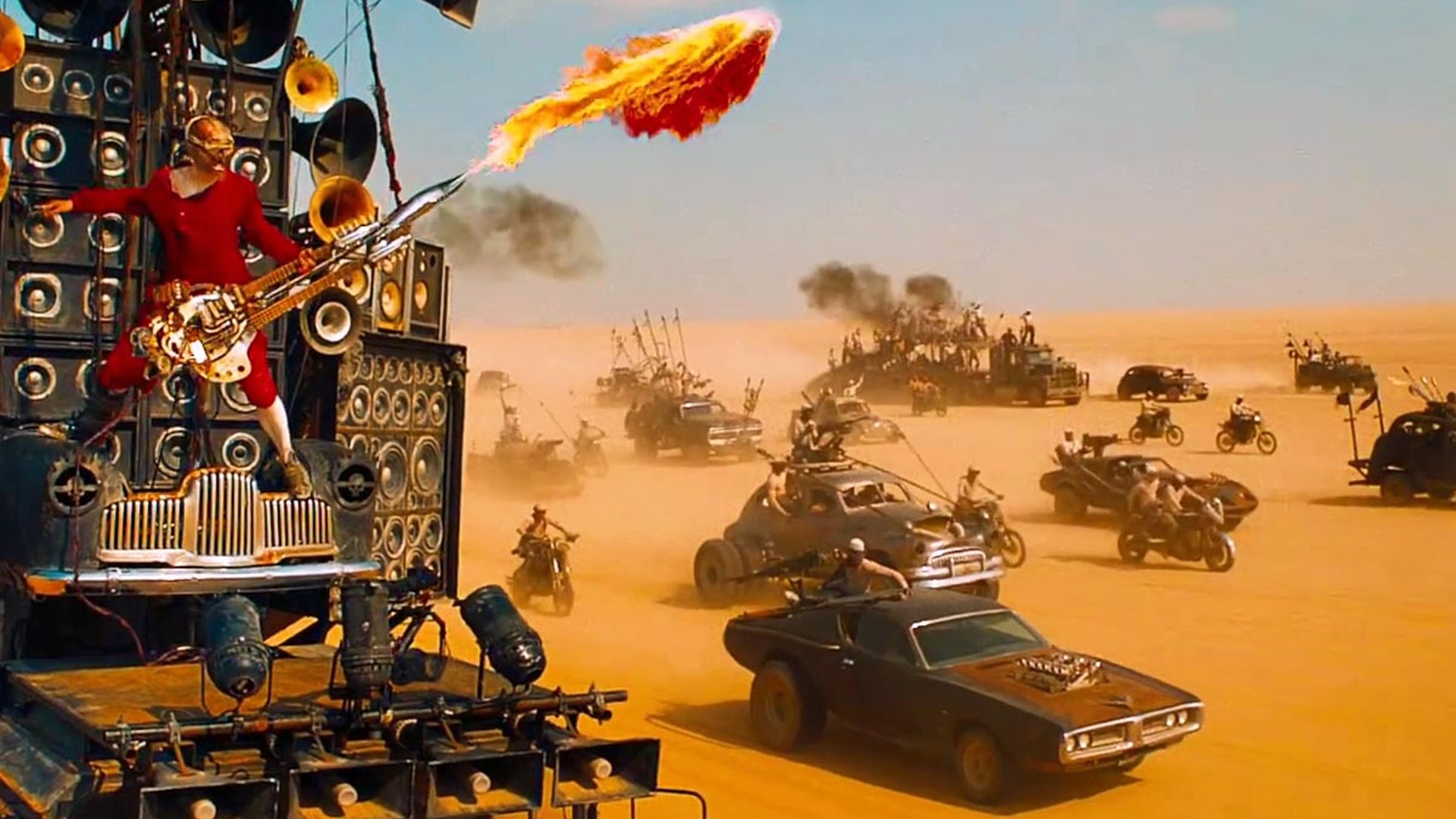
Mad Max: Fury Road (2014)
Watch on NetflixEasily one of the best action flicks of the millennium so far, George Miller’s return to the franchise that made him famous is just straight up exhilarating. Its narrative is far more engaging than it needs to be and the wondrous world-building is adept in a way that’s often missing from modern movies, but driving it all is a near non-stop assault of unforgettable, breathtaking action sequences that truly raised the bar. Genre fans have this on heavy rotation for good reason.
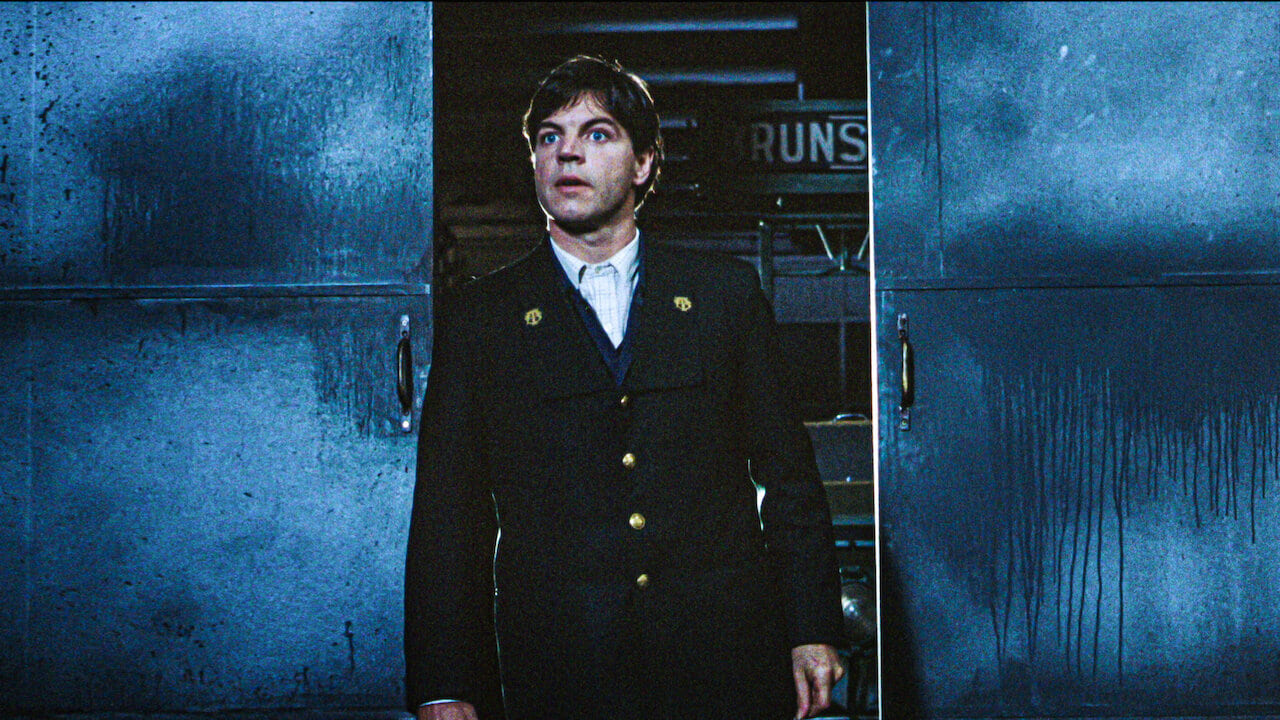
Malcolm (1986)
Who could forget that getaway car?! This beloved Australian classic famously features a yellow Honda Z that splits in half, transforming into two motorbike-like vehicles. The kooky titular protagonist (Colin Friels) teams up with a career criminal (John Hargreaves) and gives him various irresistible inventions to assist in his thieving, including armed remote-controlled rubbish bins.
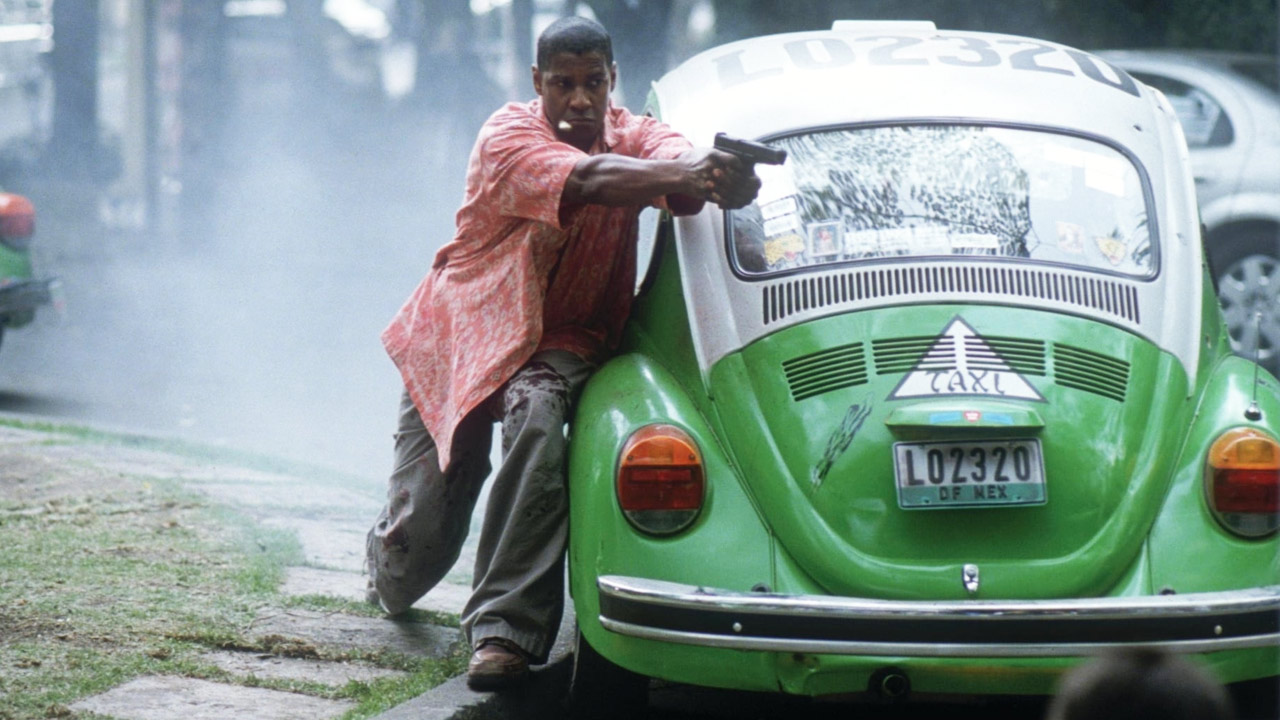
Man on Fire (2004)
Even by Tony Scott’s excessive standards, this Denzel Washington-led hostage action-thriller is hopped-up and hyper frenetic. Washington plays Creasy, a private body guard for a cute little girl who gets nabbed under his watch. They bonded, so This Time It’s Personal. The film is overlong but delivers cold, hard, grunt-filled action with unrelenting force.
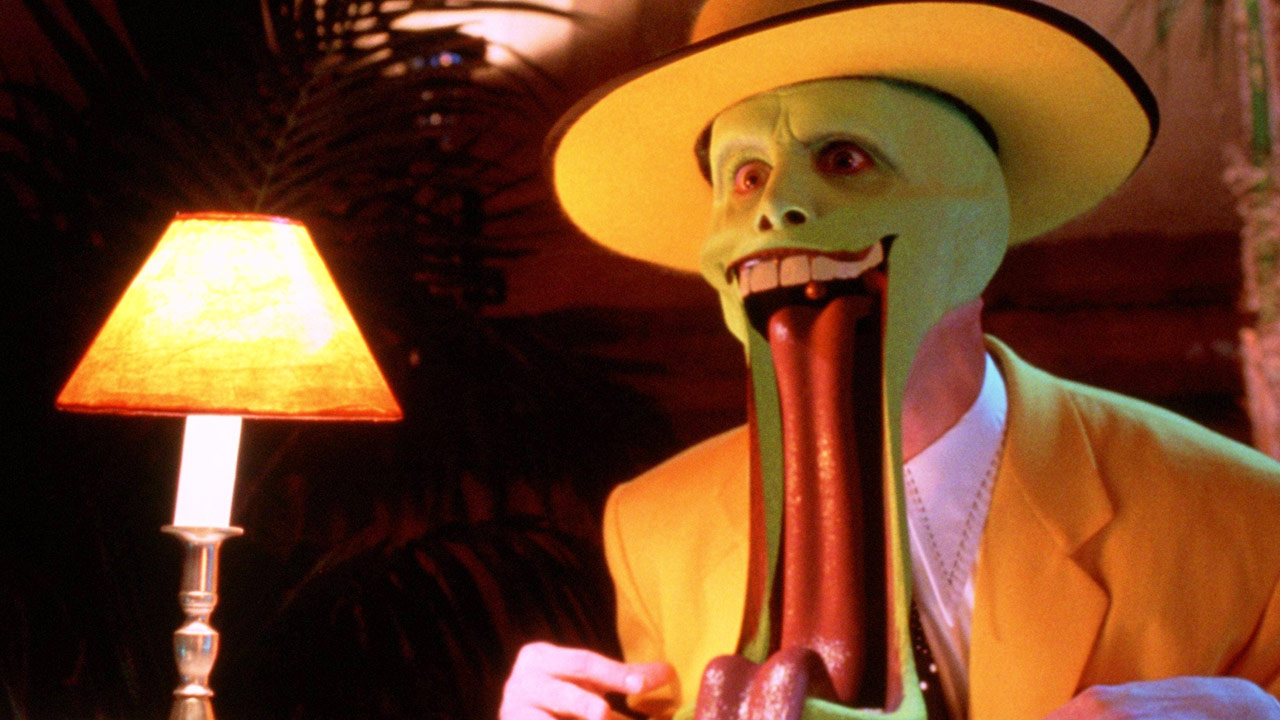
The Mask (1994)
Produced in the giddy era of 90s Jim Carrey comedies, the star’s rubber-faced antics inform the tone and even the aesthetic of this stupidly enjoyable film about a mild-mannered bank clerk who dons a magical mask and becomes a kind of live action cartoon—as Carrey always was. It’s a Jekyll and Hyde story and, in today’s context, a kind of anti-superhero movie, the protagonist transforming into a human pogo stick wreaking Looney Tunes style carnage.
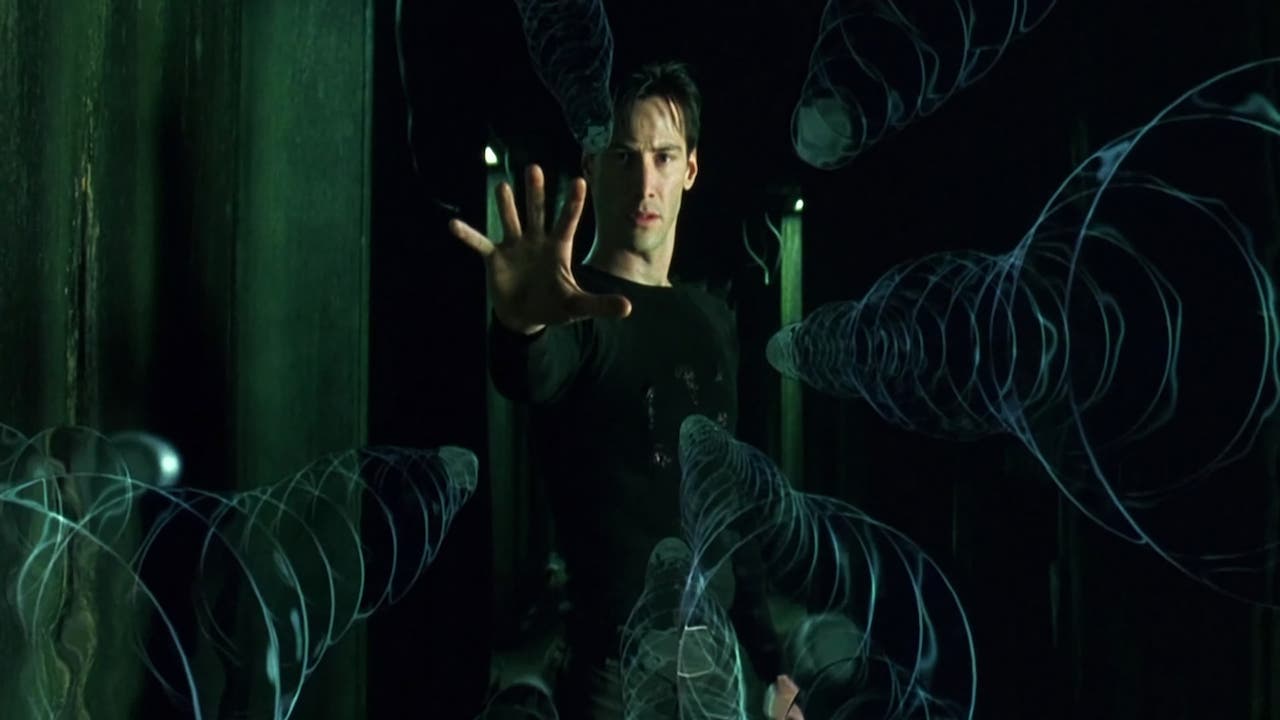
The Matrix (1999)
The Wachowski siblings’ sci-fi blockbuster needs no introduction; labels like “classic” do not come close to doing it justice. Keanu Reeves snapped out of ordinary life to fulfill a Christ-like call to arms, taking on the gods of the computer program dictating our lives. The “bullet time” sequences inspired countless copies, although attempting to trace the impact of The Matrix is folly. A genuine phenomenon; more a cultural touchstone than a movie per se.
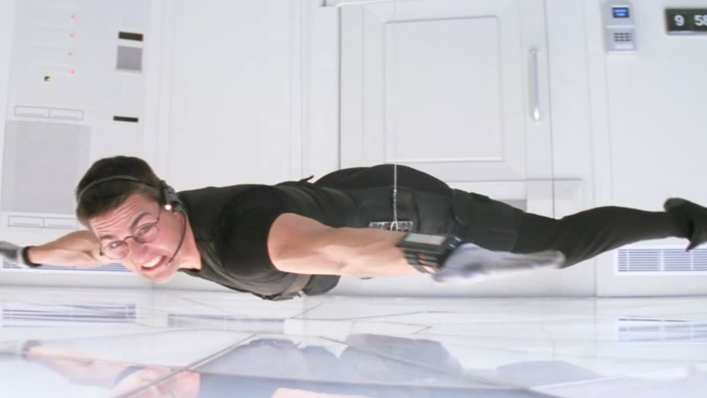
Mission: Impossible (1996)
The Mission: Impossible franchise emerged as an unlikely proponent of the auteur theory, each film helmed by a director encouraged to bring their own style rather deliver a streamlined approach (à la the MCU). The first delivers Brian DePalma’s flair for Hitchcockian narratives and methodically explored set pieces, premiering Tom Cruise’s appealing iteration of special agent Ethan Hunt. Red light, green light!
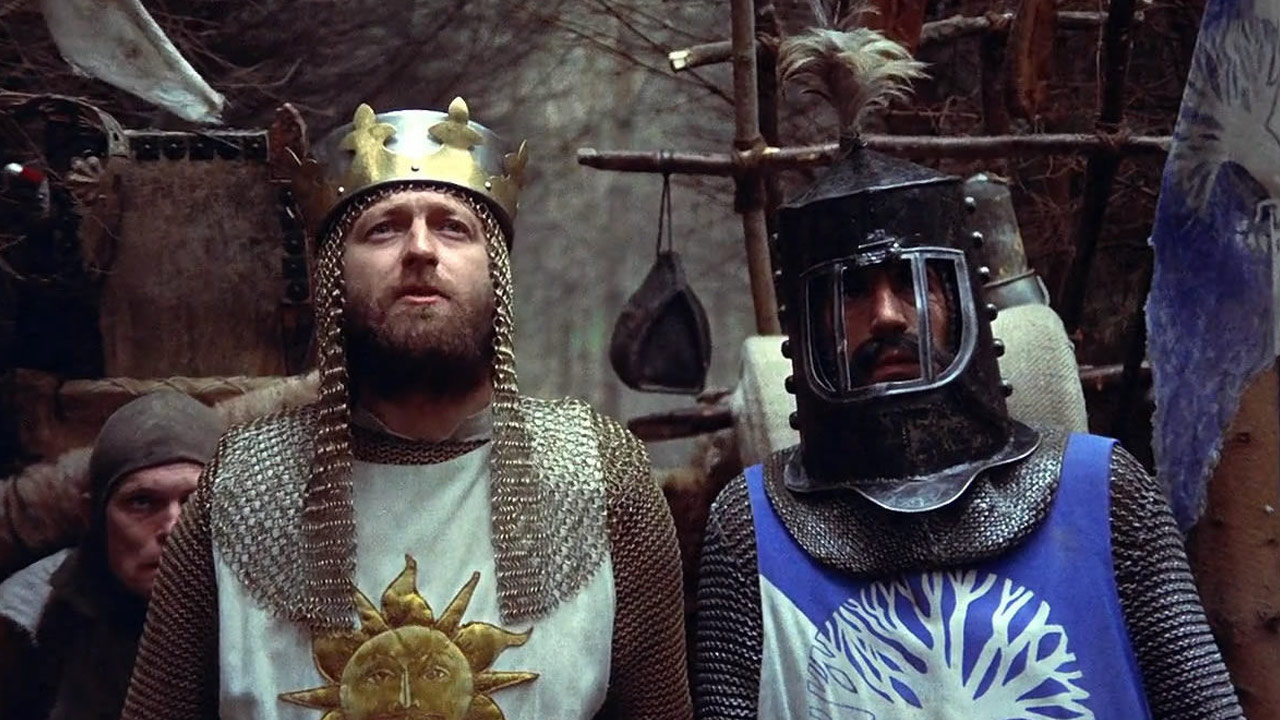
Monty Python and the Holy Grail (1975)
British troupe Monty Python had a great knack for merging realities, crafting jokes sort of from this world and sort of not. Instead of riding a horse, for instance, Arthur (Graham Chapman) mimes riding one while a man behind him simulates the noise of horse hooves. The joke makes no sense but it doesn’t have to. This film’s structure is patchy and sketch-like, though, with the gags flowing thick and fast, we wouldn’t have it any other way.
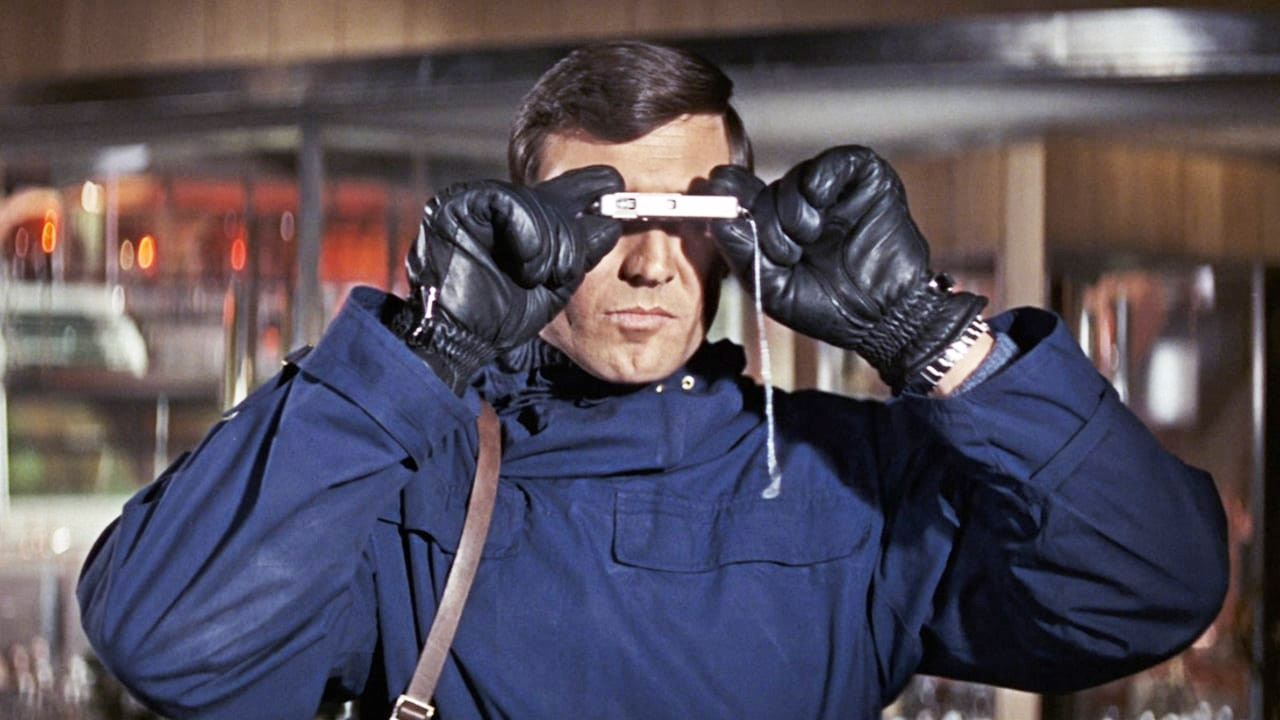
On Her Majesty’s Secret Service (1969)
In his first and only Bond performance, Australian George Lazenby takes on a Manchurian Candidate style brainwashing plot intended to spread bacteriological warfare across the world. Beginning with Bond saving a woman from suicide and culminating with the murder of 007’s wife, returning him to singledom forevermore, Peter Hunt’s film achieves a melancholic impact unique in the 007verse.

Paddington 2 (2017)
The beloved marmalade addict became an allegorical stand-in for outsiders in general and refugees in particular in 2014’s Paddington and its even better sequel. The protagonist is embroiled in a crime caper involving a highly valuable pop-up book and Hugh Grant as an irresistibly hammy villain. Director Paul King’s visual approach is informed by great films of the silent era, such as Charlie Chaplin’s Modern Times.
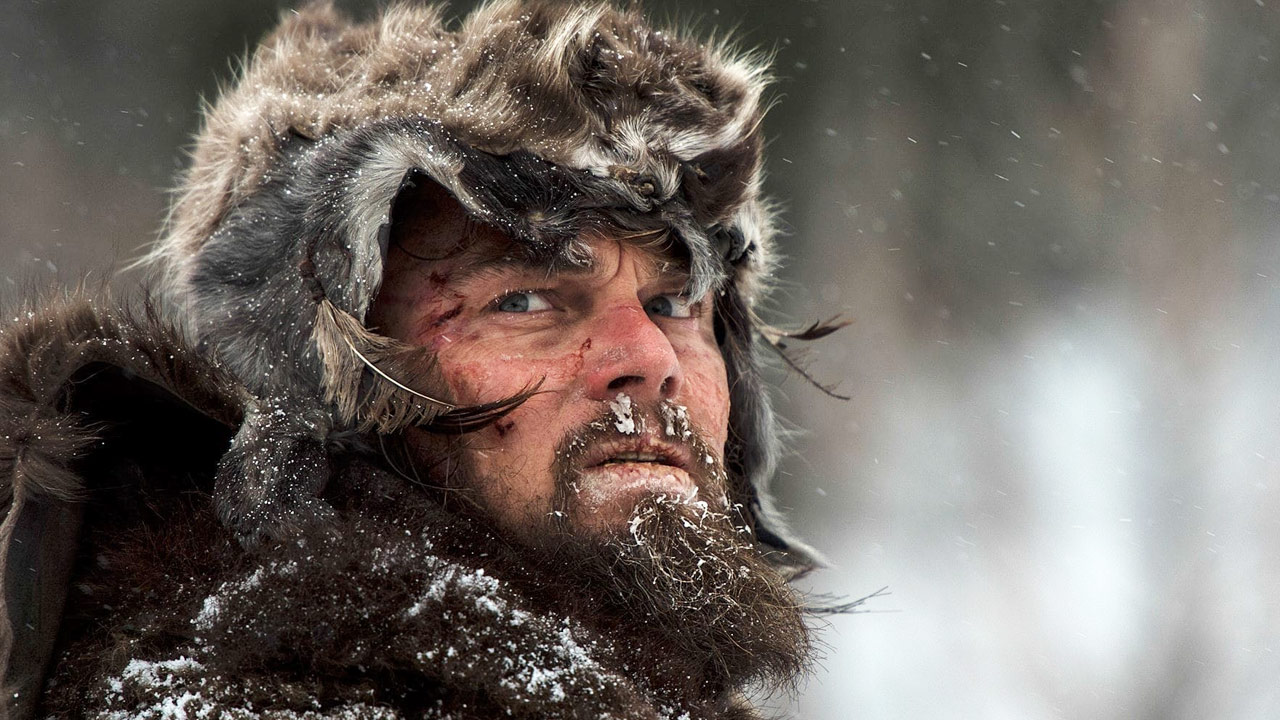
The Revenant (2015)
Leonardo DiCaprio has never copped it harder than in Alejandro González Iñárritu’s neo-western survival film: he’s beaten, slashed, shot, mauled, frozen, buried alive, flung off a cliff…and that’s just the first 30 minutes. Beginning with a breathtaking early skirmish, Emmanuel Lubezki’s striking camera work follows poor Leo in close proximity, as he embarks on quest for revenge against rotten old Tom Hardy.
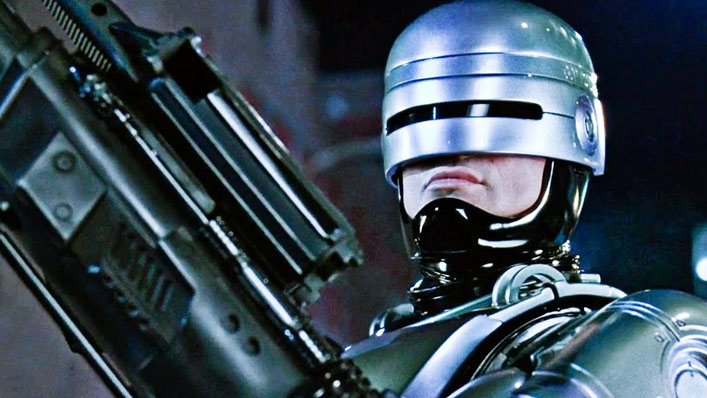
Robocop (1987)
The year 1987 marked the beginning of a particularly good run from Paul Verhoeven: Robocop then Total Recall then Basic Instinct. Peter Weller plays a slain police officer resurrected as the titular cyborg, prompting a blamfest of action scenes that still feel fresh. The satirical elements have even more currency today, given society is further down the line of artificial intelligence and robotic engineering.
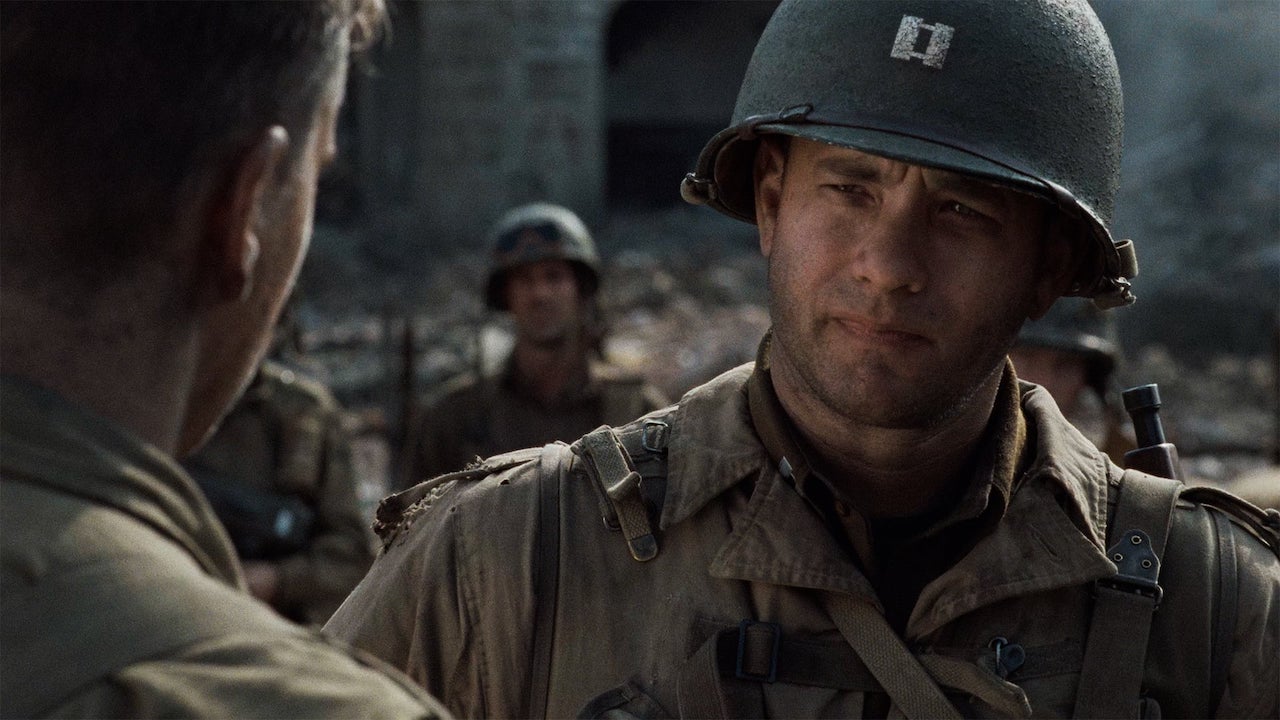
Saving Private Ryan (1998)
The war movie genre was changed by this film’s grimly realistic look at the horrors of D-Day. Not everything about Steven Spielberg’s epic holds up, but the realism and visceral feel of the combat scenes, which raised the bar in 1998, remains as impressive as ever.
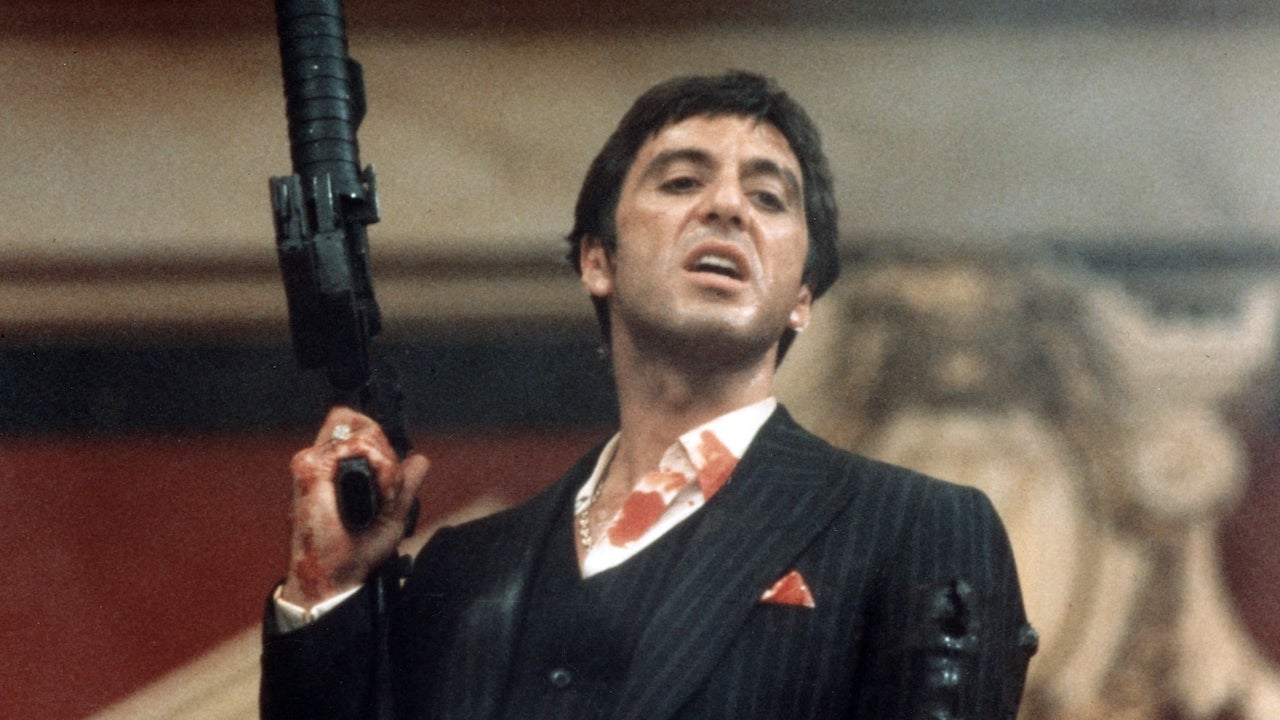
Scarface (1983)
It’s more of a drama, really—but the final hellzapoppin moments in Brian DePalma’s highly quotable gangster film (“say hello to my little friend!”) alone qualify it was an indispensable action flick. A coke dealing (and snorting) Tony Montana (Al Pacino) climbs the crime ladder—and good luck to anybody who stands in his way.

Shadow (2018)
Chinese director Zhang Yimou’s extraordinary epic is visually unforgettable: filmed in colour but filled with monochrome sets and costumes, pronouncing the actors’ skin and hair. The narrative involves the actions of a petulant king and the existence of doppelgangers, or ‘shadows’. Dialogue exchanges in corridors of power bookend the film, with spectacular battle scenes in the middle.
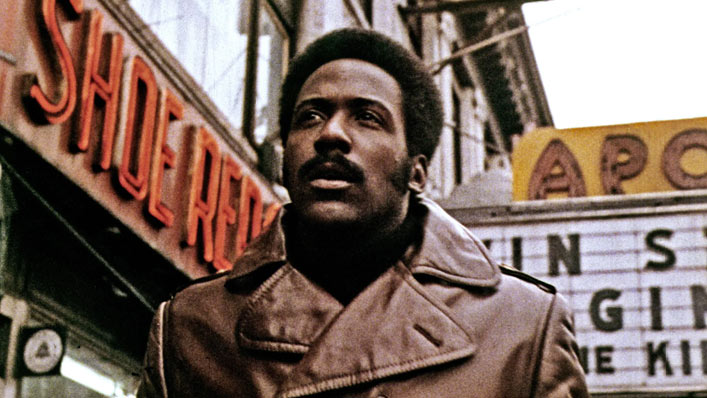
Shaft (1971)
Style accounts for a lot—generally, and particularly in Gordon Parks’ funkalicious Harlem-set crime flick. The best ‘action’ scenes in this classic about a PI hired to find a gangster’s missing daughter are simply moments with Shaft (Richard Roundtree) strutting down the street, accompanied by a perennially cool soundtrack. Can ya dig it?
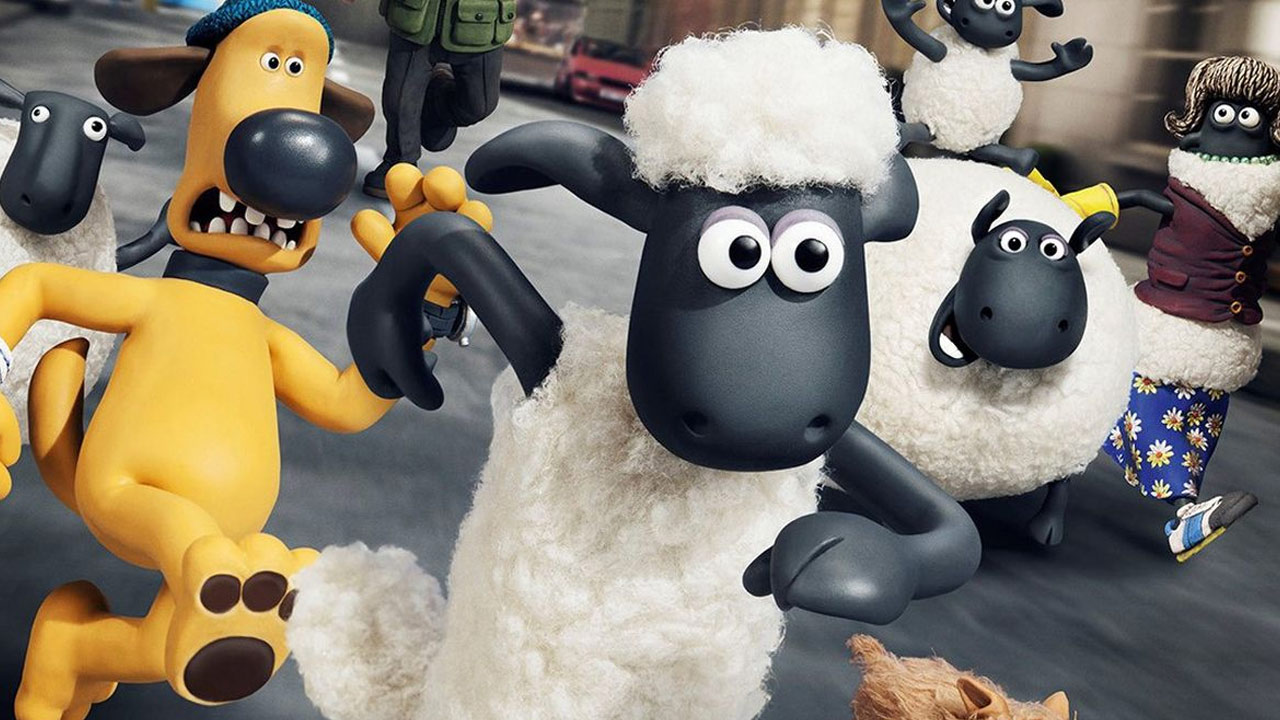
Shaun the Sheep Movie (2015)
The titular character’s dialogue-free movie spin-off—on the family-friendly side of the action genre—sends Shaun to the big city, on a mission to return his amnesia-afflicted farmer pal. Evoking the craftsmanship of great silent era comedies, in addition to inspirations ranging from Jacques Tati to Luis Buñuel, co-directors Mark Burton and Richard Starzak construct an utterly delightful work of art: spirited, lively, inventive, humane.
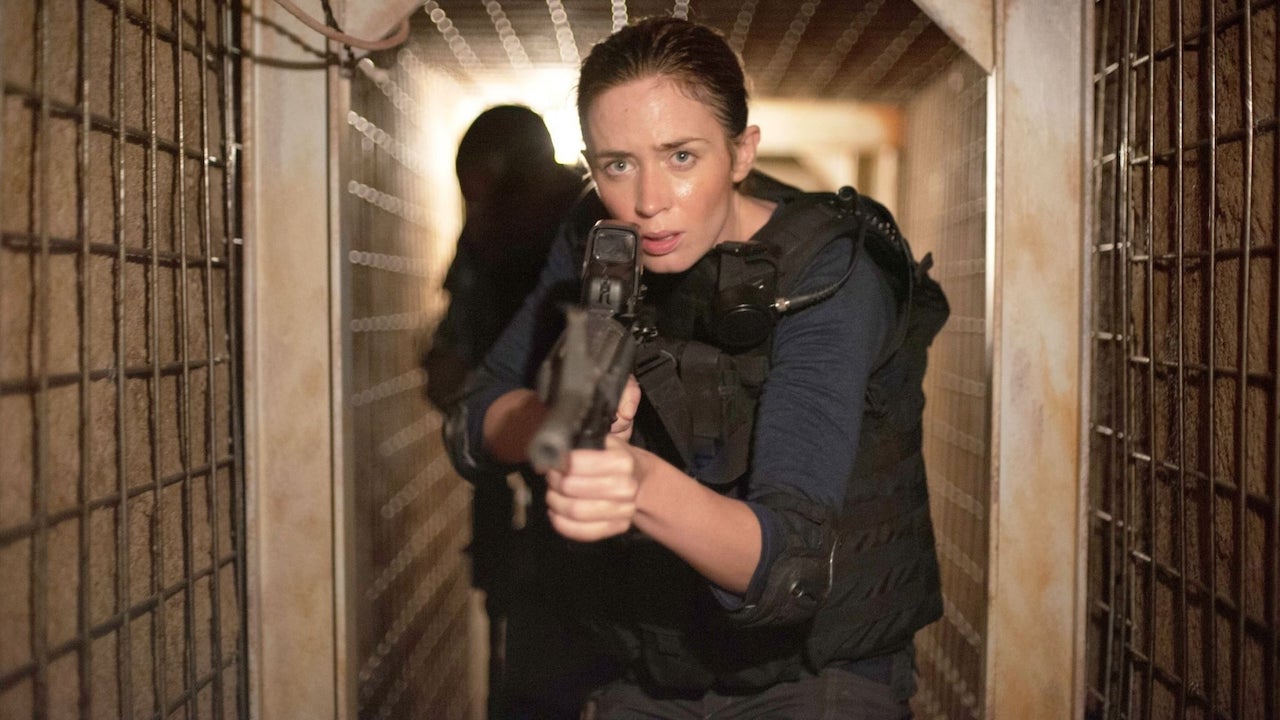
Sicario (2015)
The words “Benicio del Toro” and “Mexican drug cartel movie” go together like a horse and cart. The actor’s sleepy menace is on fine display in Denis Villeneuve’s dark story about dodgy cops, moral quandaries and Emily Blunt trying to make sense of it all as an FBI agent. Blunt has a lessy showy role but is a commanding anchor.
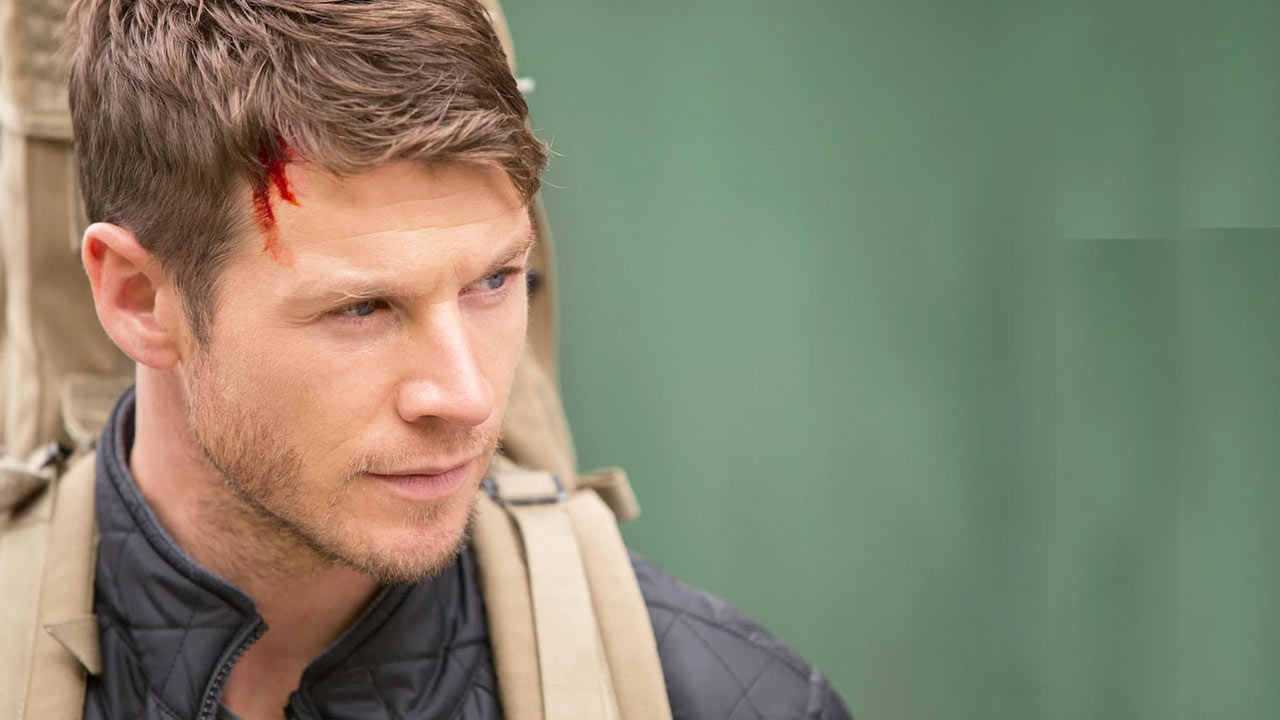
Sniper: Ultimate Kill (2017)
It’s surprising the Sniper franchise has spawned almost as many sequels as Friday the 13th. It’s even more surprising that original stars Tom Berenger and Billy Zane star in many of them, including this seventh one. The opening scene features full frontal nudity and a head being blown in half by a villainous sniper—a Colombian drug kingpin’s assassin who is of course then battled by good guy snipers. It’s grisly but great fun.
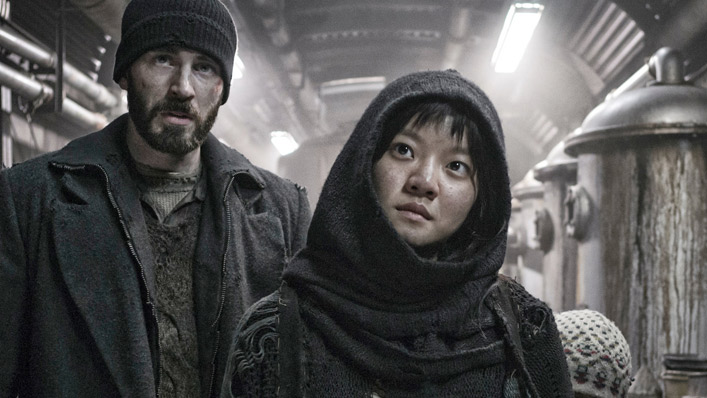
Snowpiercer (2013)
A train whizzing around a dystopian climate change-devastated future world becomes a vehicle for class allegory in Bong Joon-ho’s English language debut. Instead of extreme inequality being represented in vertical spatial arrangements (like in Fritz Lang’s classic Metropolis) it’s horizontal, with Chris Evans—relegated to the impoverished back of the train—mounting an uprising and violently pushing forward to the front.

Spider-Man: Into the Spider-Verse (2018)
Not an origins film, but a film about the myth of origins. This restlessly inventive visual cocktail depicts a multiverse of realities, each harbouring a different version of the titular superhero—and each painted with a distinct aesthetic. The adhesive binding these universes together is the eponymous web-slinger, who saves the world from a super-gangster with a little help from his friends (or as the case may be, from different versions of himself).
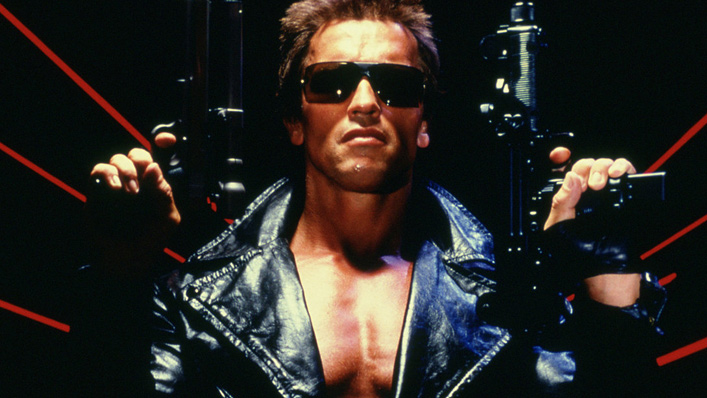
The Terminator (1984)
Recruiting Arnold Schwarzenegger to play an emotionless cyborg was a stroke of genius, insulating the beefy star from allegations of being a wooden actor. He/it is sent from the future to kill a young woman (Linda Hamilton) who will give birth to a post-apocalyptic hero. James Cameron’s cold-blooded direction cranks the tension to 11, wringing scope, wit and big ideas from a monster movie premise.
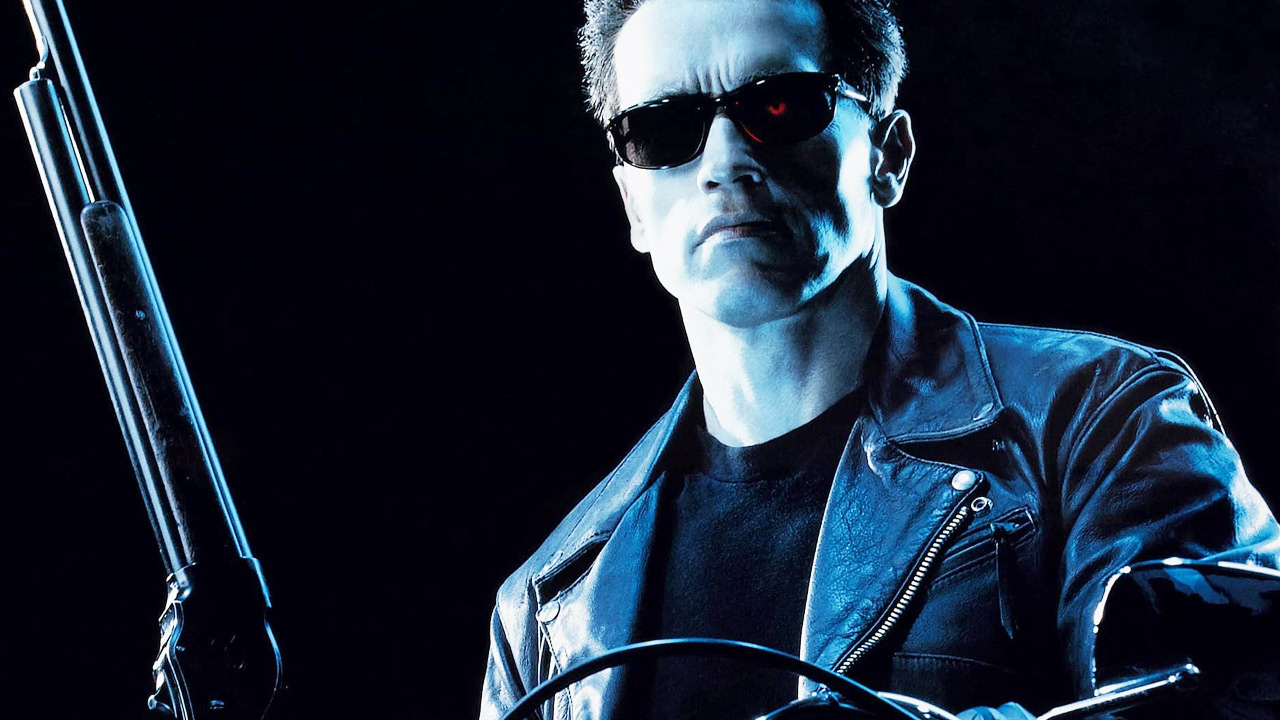
Terminator 2: Judgement Day (1992)
Fear of a robotic uprising has long stimulated the public imagination—rarely as memorably as in James Cameron’s 1992 masterpiece. Larded with gripping chase scenes, which have aged not one iota, the villain from its predecessor—a cyborg played by Arnold Schwarzenegger—returns as a reprogrammed good guy, initially butt naked but soon to kick ass in an iconic leather jacket and black sunnies.
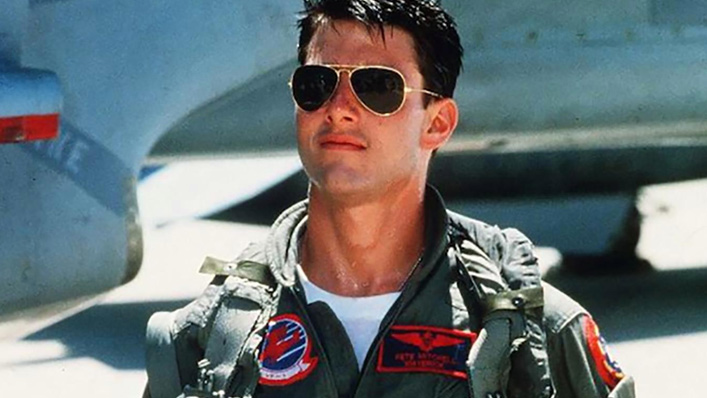
Top Gun (1986)
Few films encapsulate the sheer excessiveness of high concept 80s Hollywood more than this gargantuan spectacle about a hotshot navy pilot (Tom Cruise) competing with another hotshot pilot (Val Kilmer) for the titular status. It’s a simple, audaciously directed movie with a plotline you could summarise on the back of a matchbox. Birdbrained but impressively big.
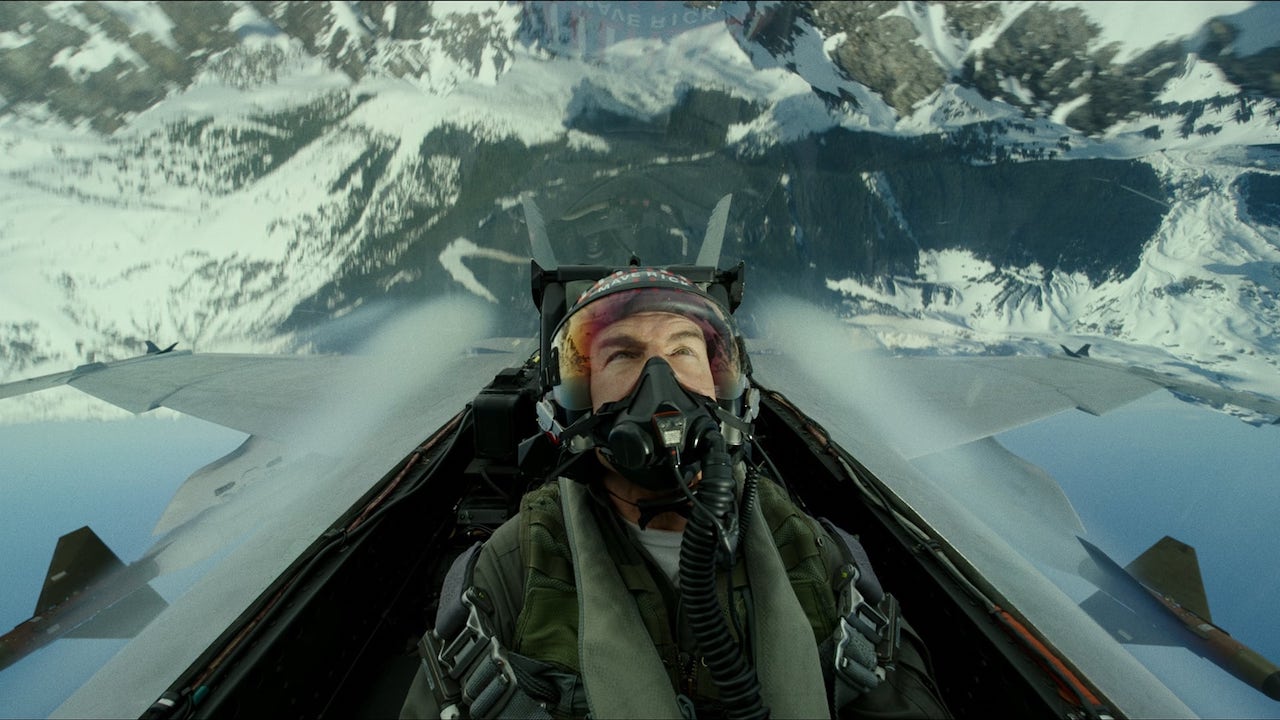
Top Gun: Maverick (2022)
Part of the appeal of Tom Cruise’s hotshot pilot Pete “Maverick” Mitchell aligns with the appeal of Cruise himself: he’s a titan from another era, still standing in a rapidly changing world. An air of pathos lingers throughout this belated and unexpectedly excellent sequel to Tony Scott’s 80s classic.
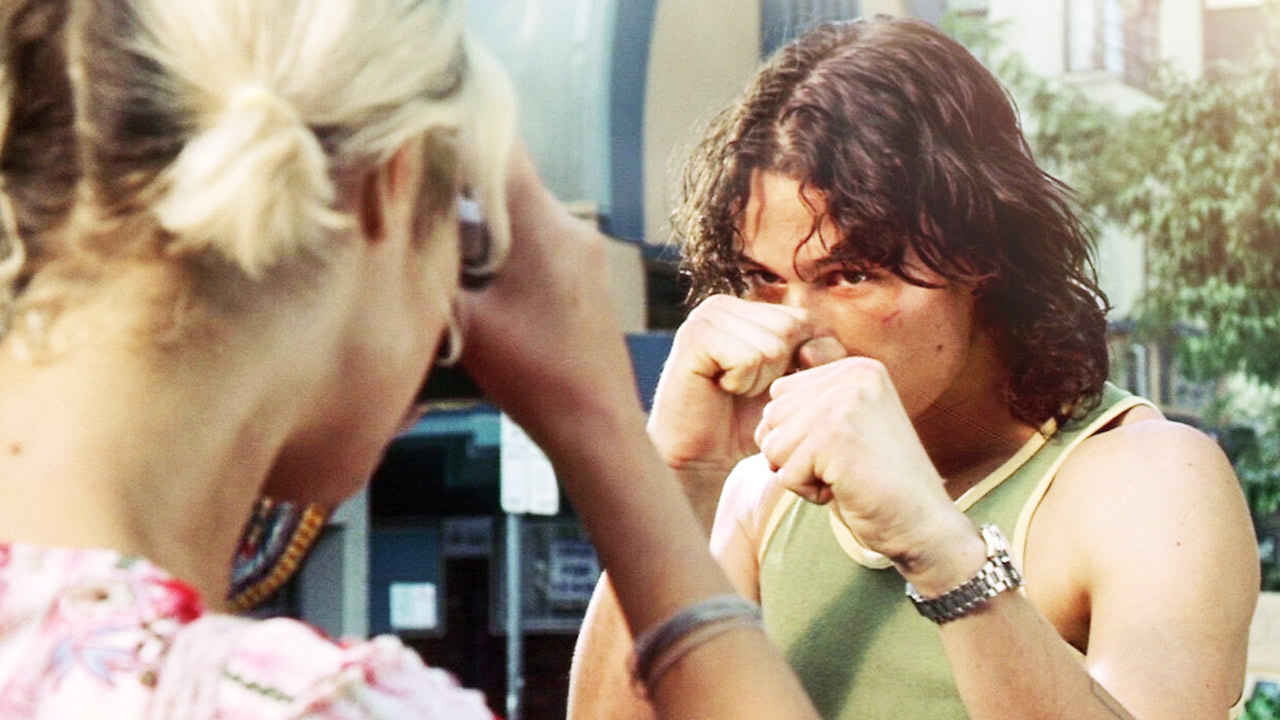
Two Hands (1999)
Gregor Jordan’s offbeat Australian crime caper casts a then little-known Heath Ledger as a bird-brained wannabe crook, who misplaces a big bag of cash and finds himself tumbling down the “in over your head” crime movie trajectory. It’s not a great performance, but it suits the scratchy, uneven but endearing charm of the film, which mixes Lock Stock-esque crime shenanigans with a quintessentially Aussie sense of humour.
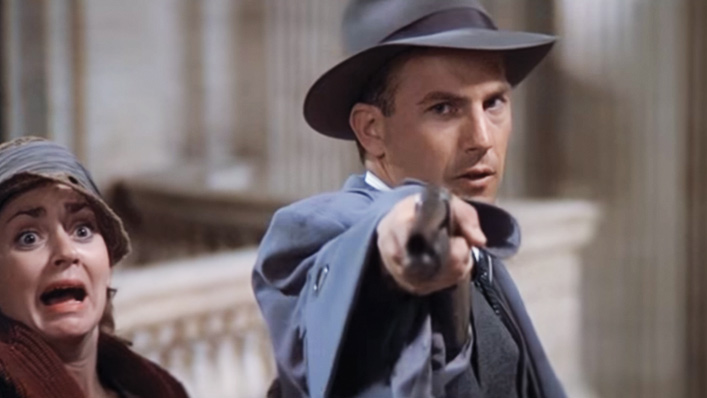
The Untouchables (1987)
Kevin Costner plays a young treasury agent battling to end Al Capone’s reign of terror in Prohibition-era Chicago. Brian DePalma’s well-staged action scenes include a train station-set homage to Battleship Potemkin‘s famous Odessa Steps sequence. A lot of blokey talent come together in fine form—including David Mamet as screenwriter, Ennio Morricone as composer and a cast including Costner, Sean Connery, Robert DeNiro and Andy Garcia.
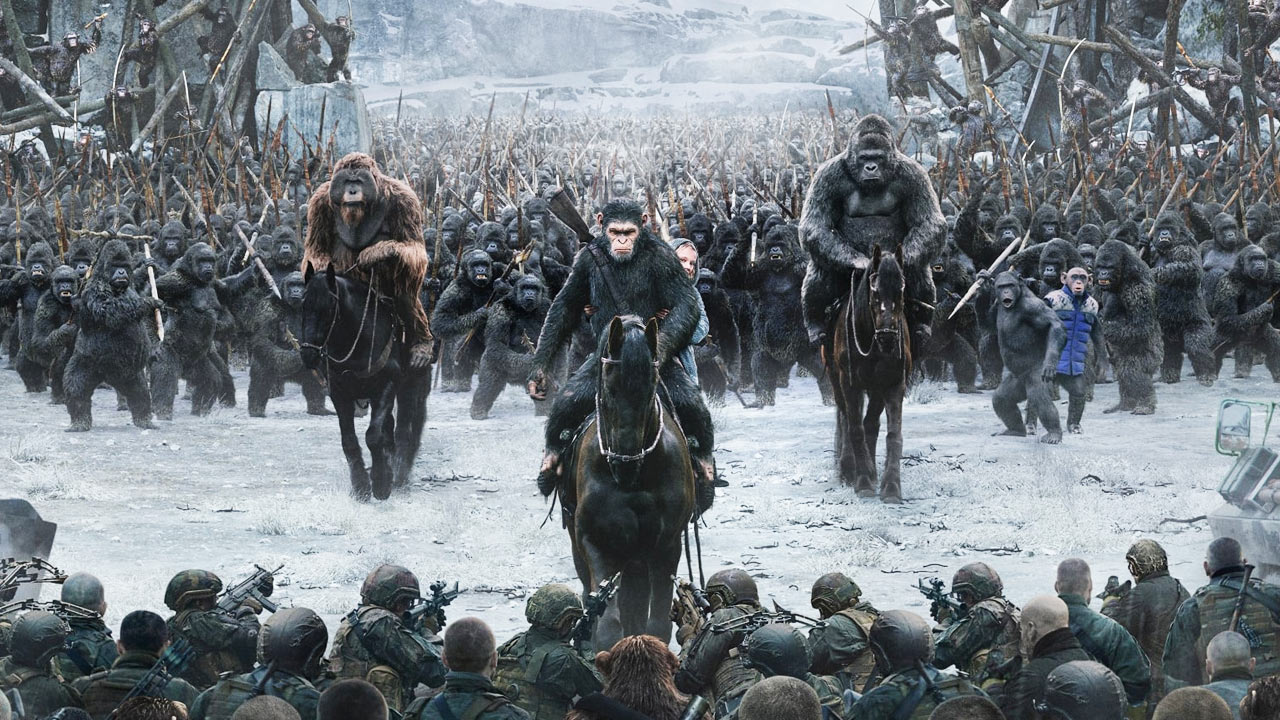
War for the Planet of the Apes (2017)
It’s remarkable how quickly we accept the reality of the world in the recent Planet of the Apes movies—how much it resonates, how plausible it feels. Perhaps we’re looking into aspects of our own (partly imagined) past. In War for the Planet of the Apes, director Matt Reeves uses a small number of set pieces for maximum effect—the mist, trees, moss-covered rocks reminding me of the Akira Kurosawa films Throne of Blood and The Hidden Fortress.
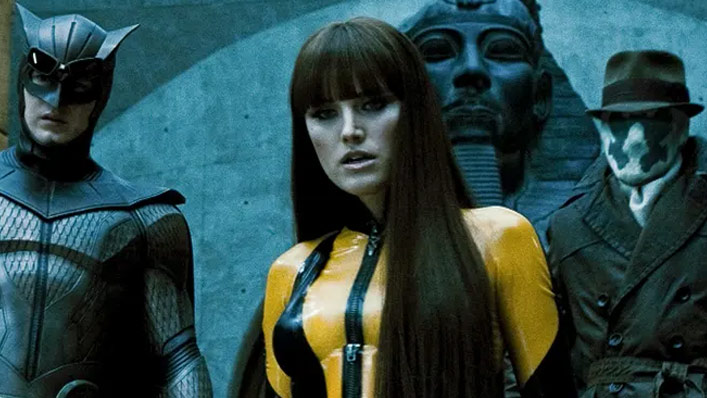
Watchmen (2009)
Zack Snyder’s terrific adaptation of the seminal graphic novel contains the best scene from any superhero movie or TV show ever made: an exhilarating five-and-a-half-minute opening montage set to the tune of The Times They Are A-Changin’. Former superheroes are mysteriously dropping dead and this, naturally, is inked to a diabolical plot to take over the world.





